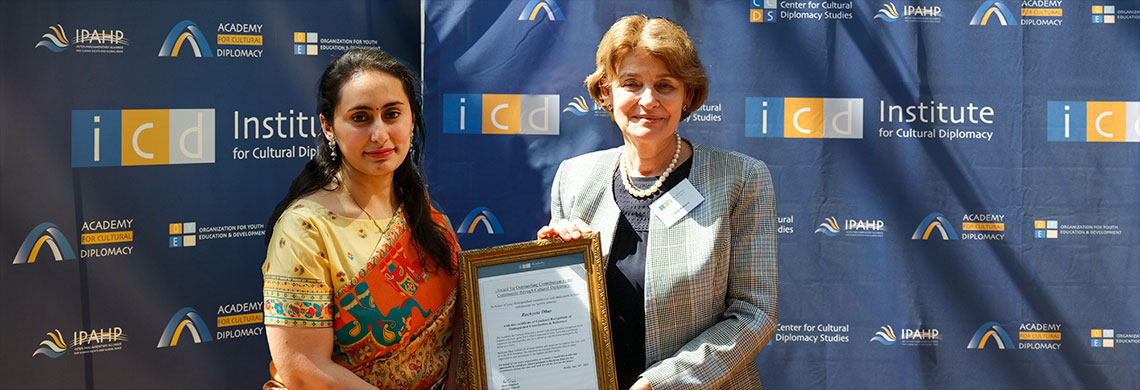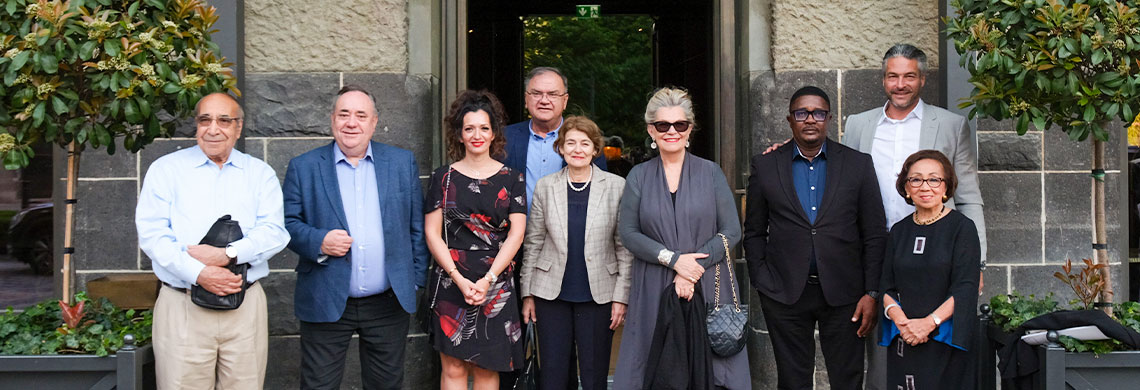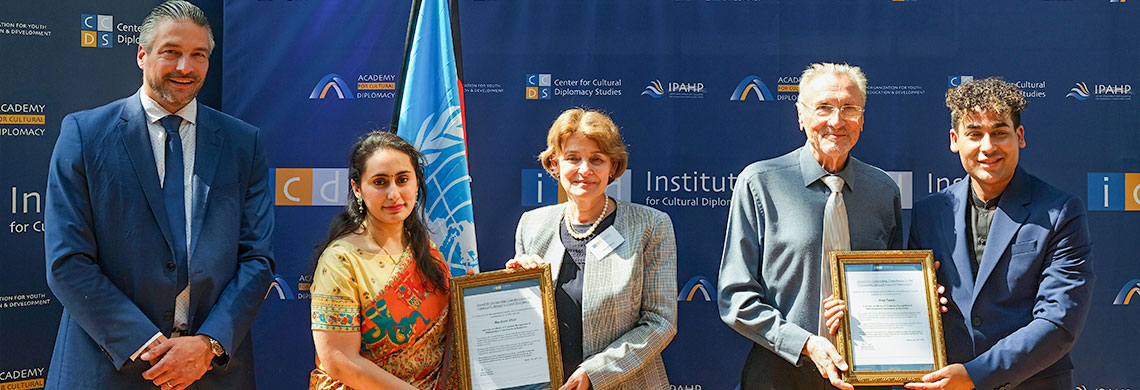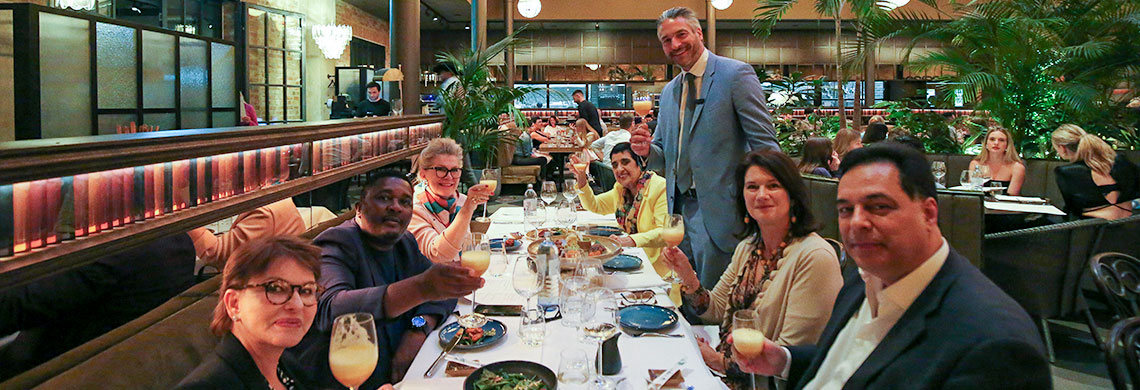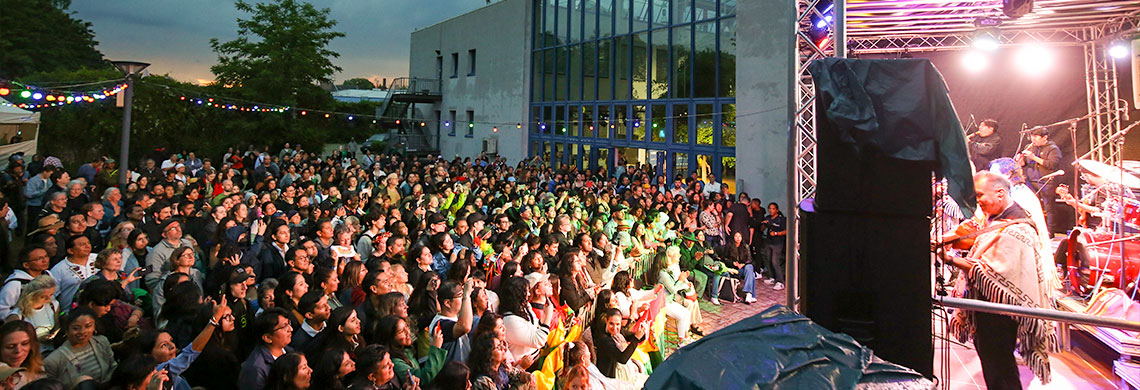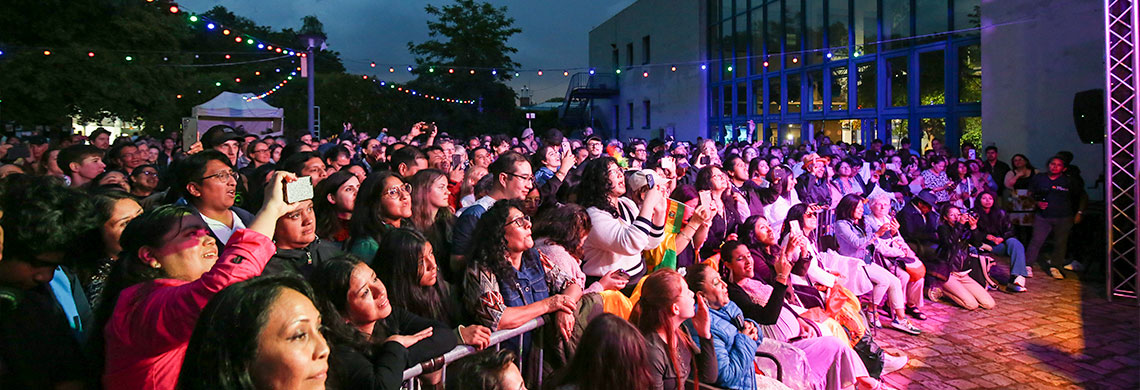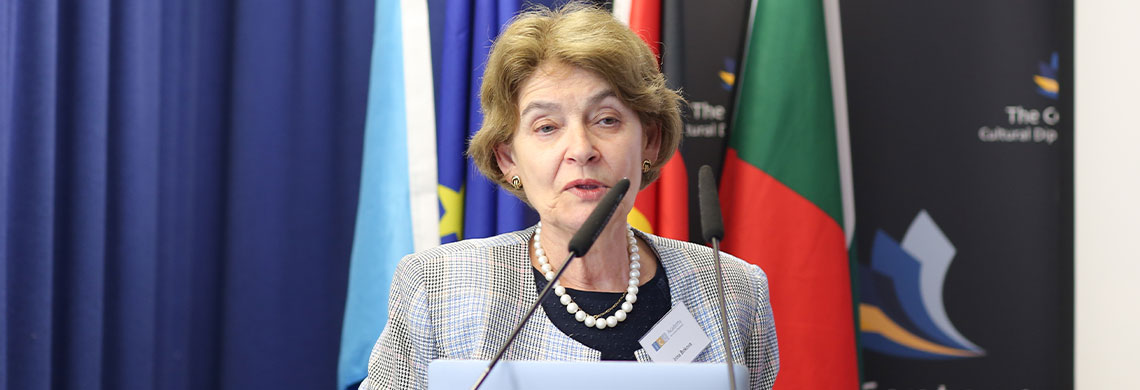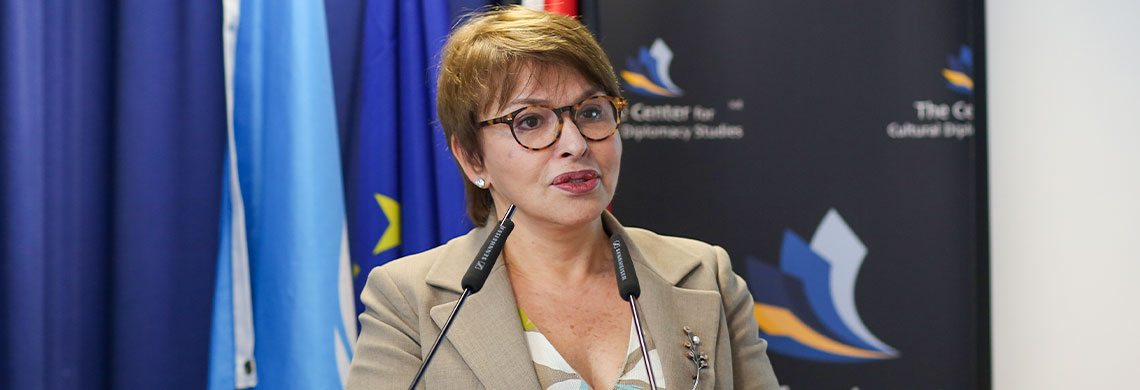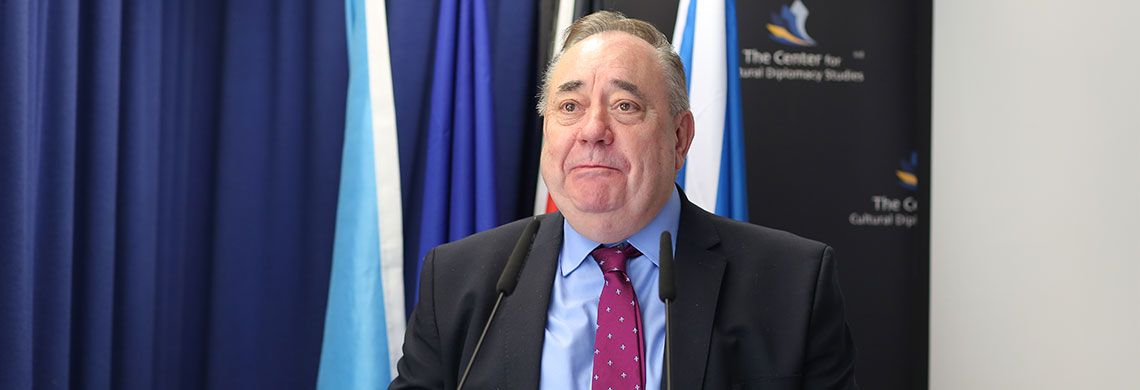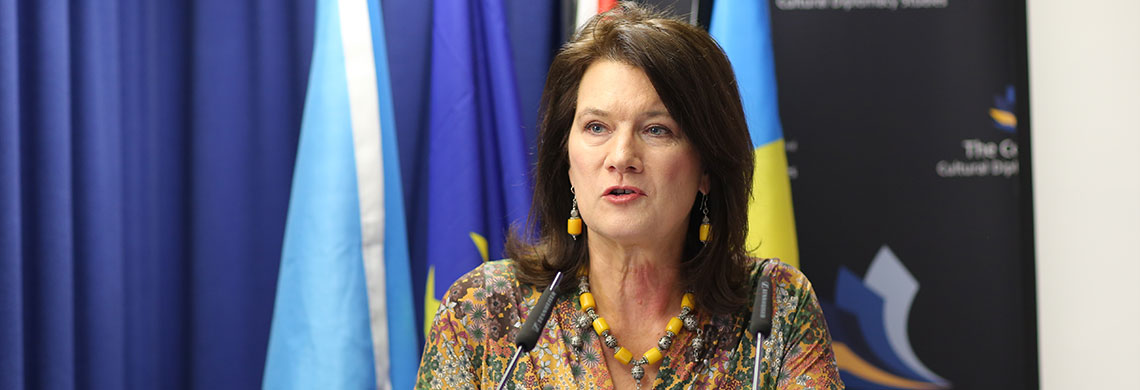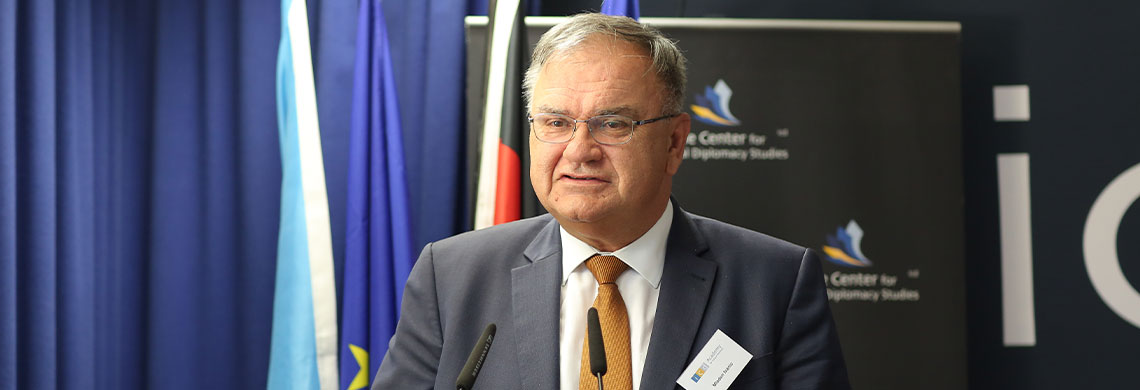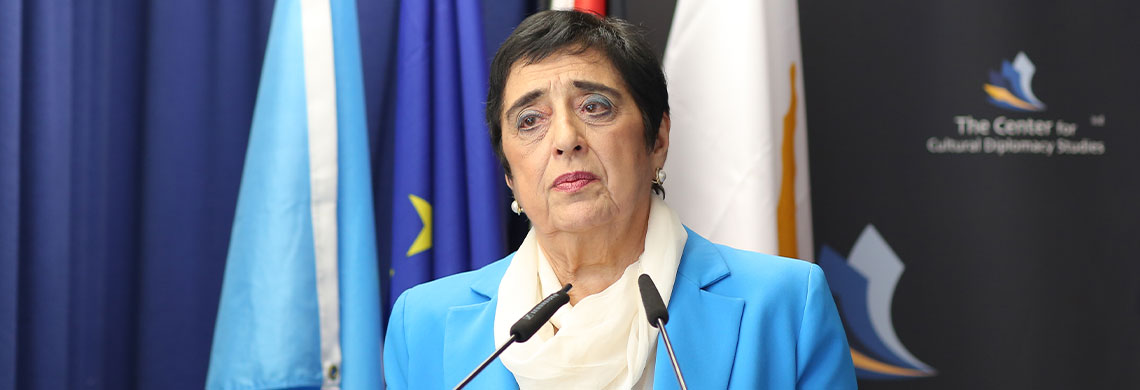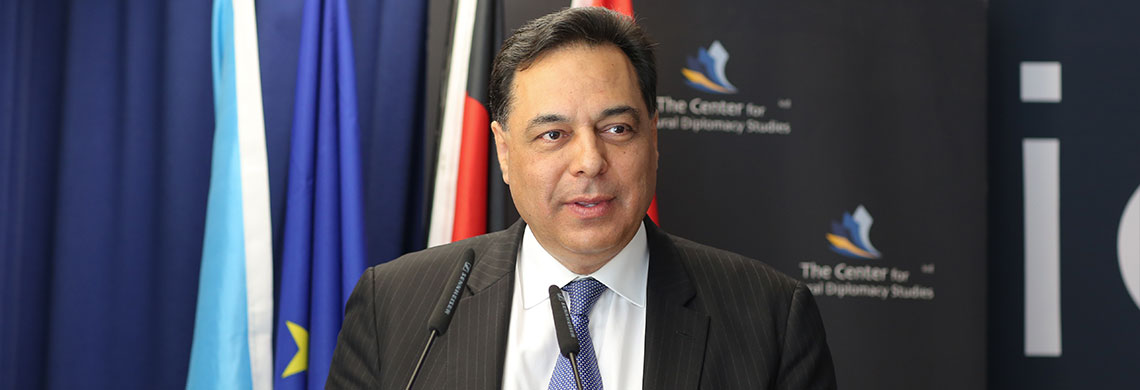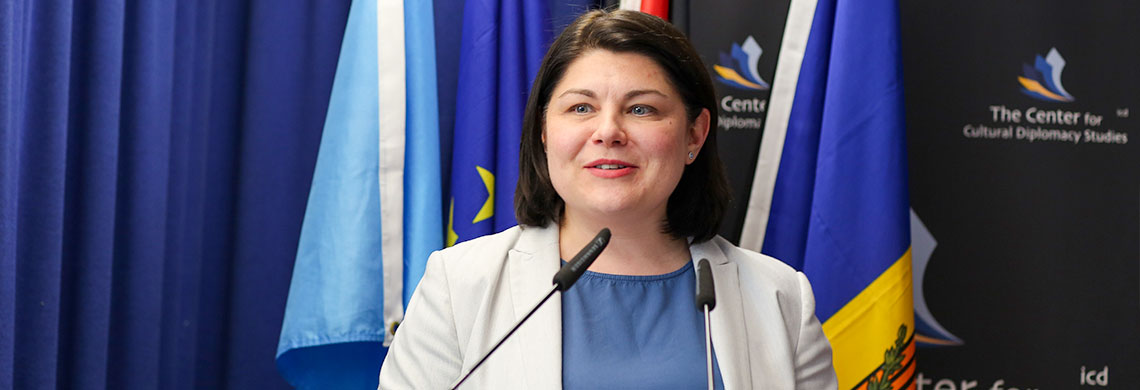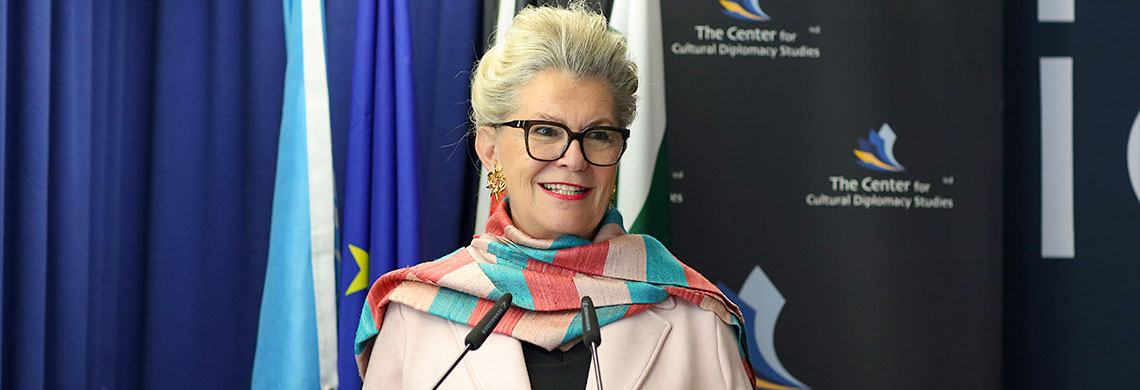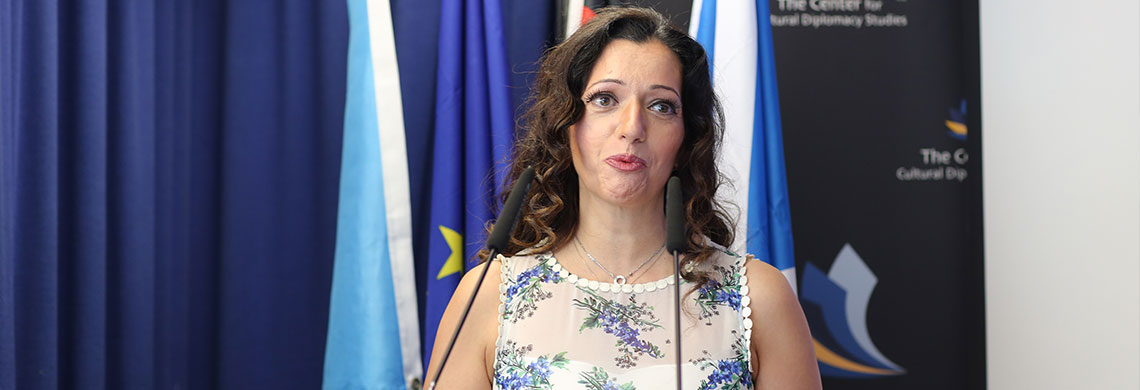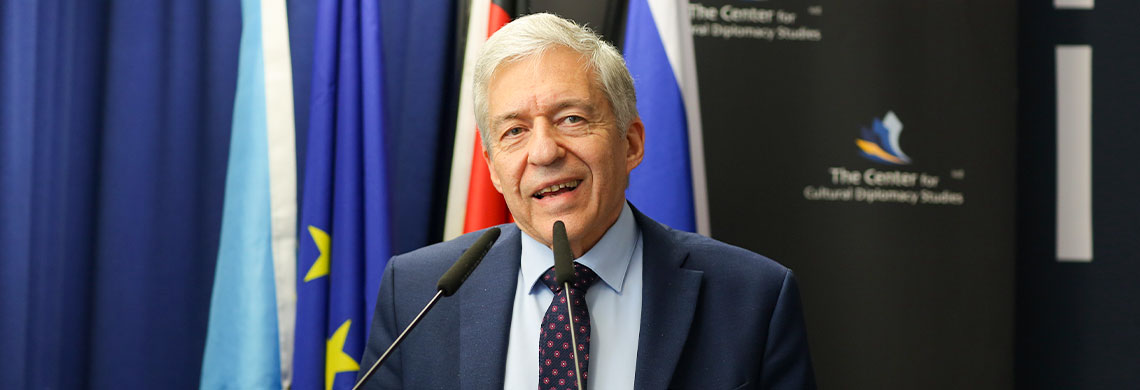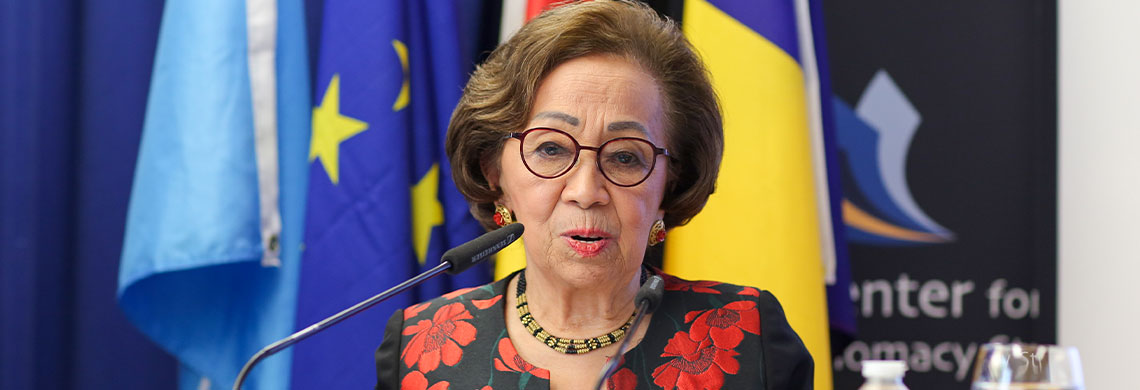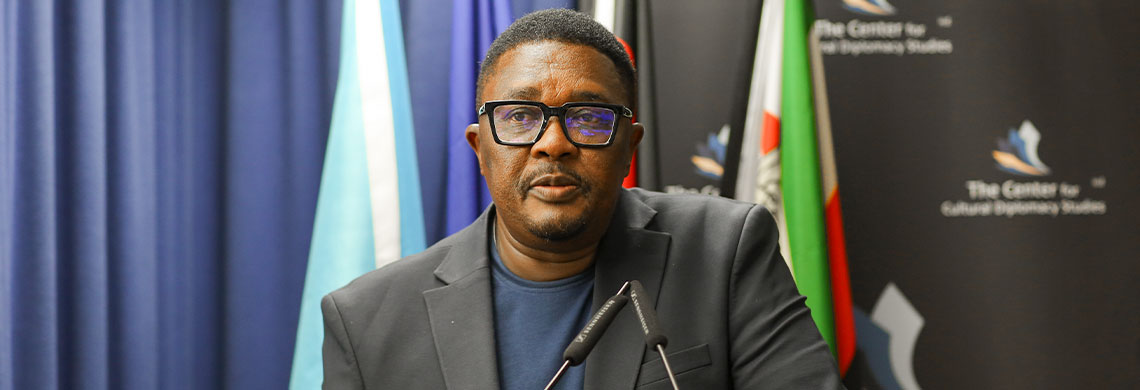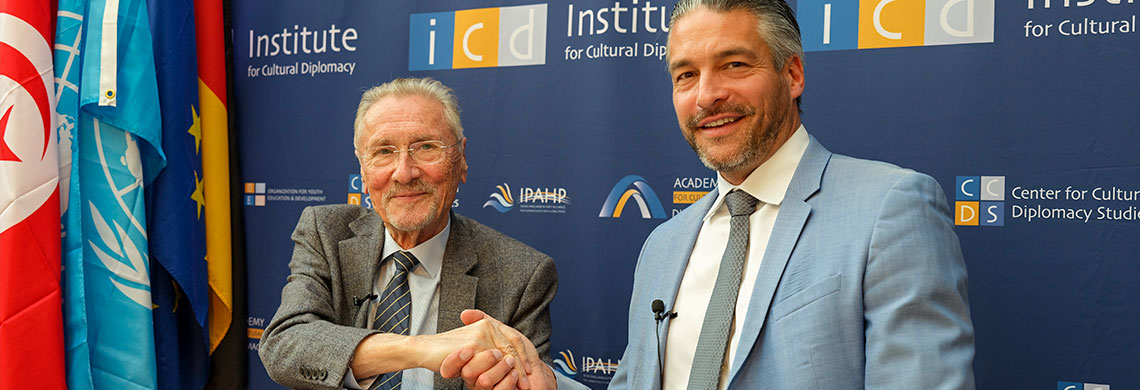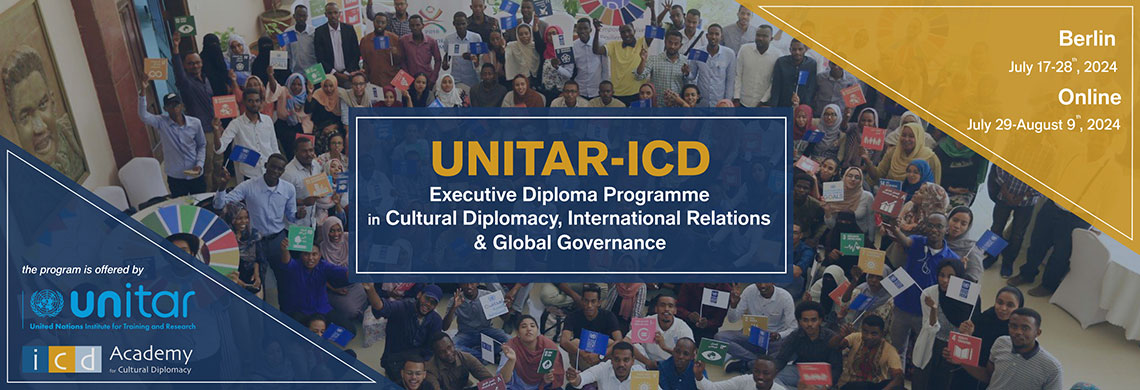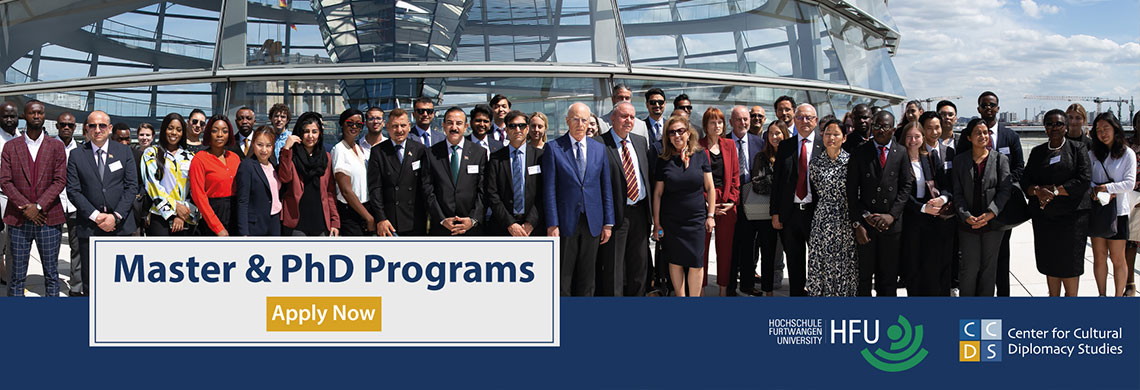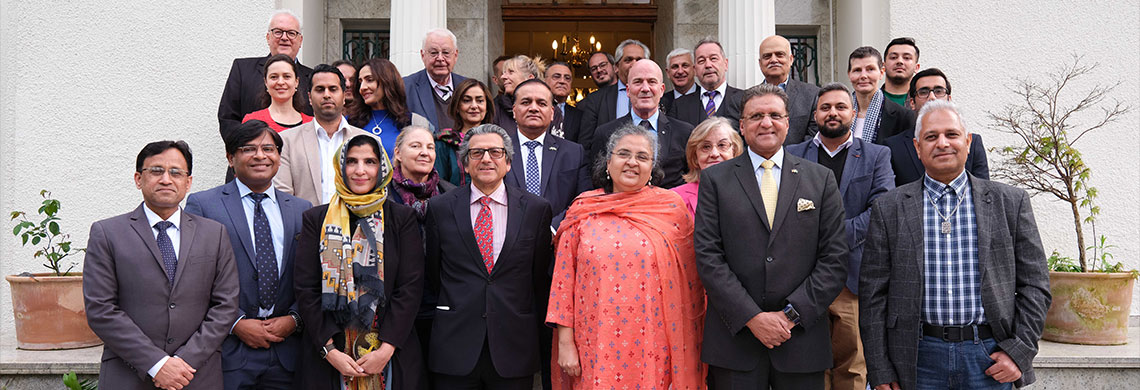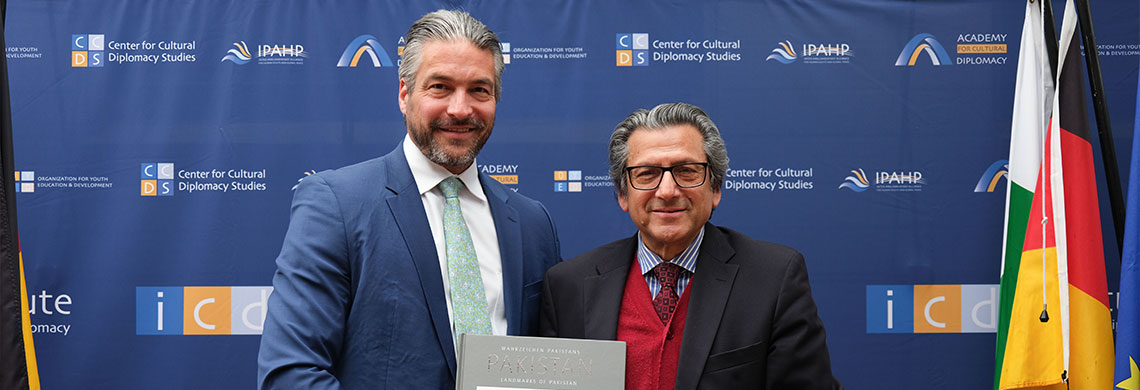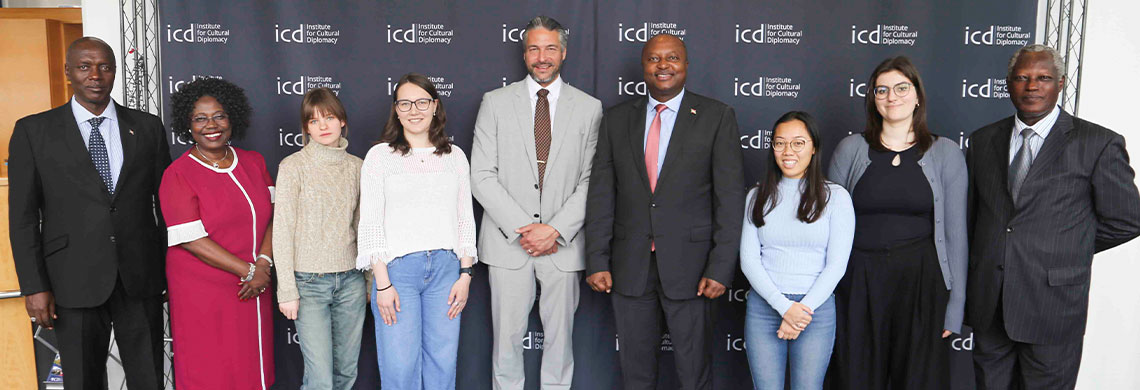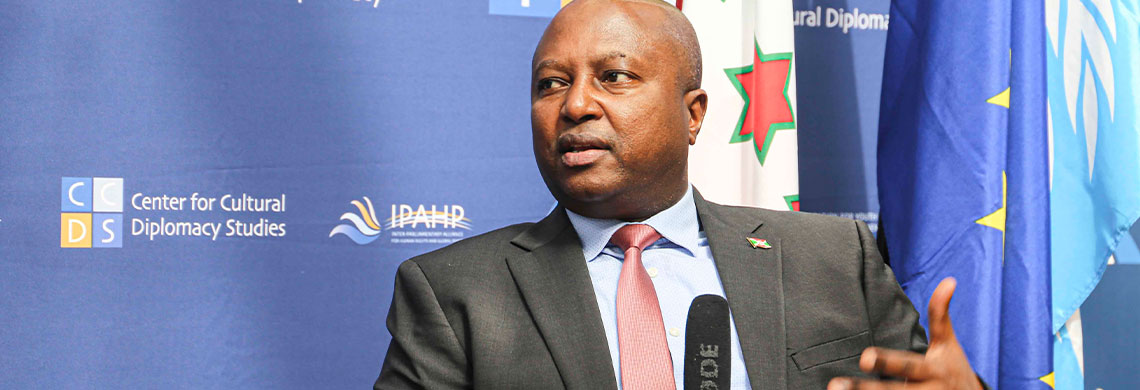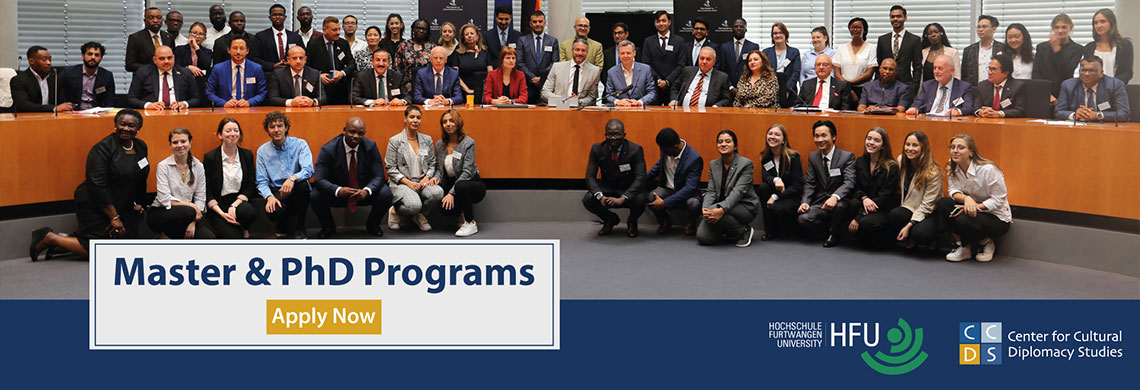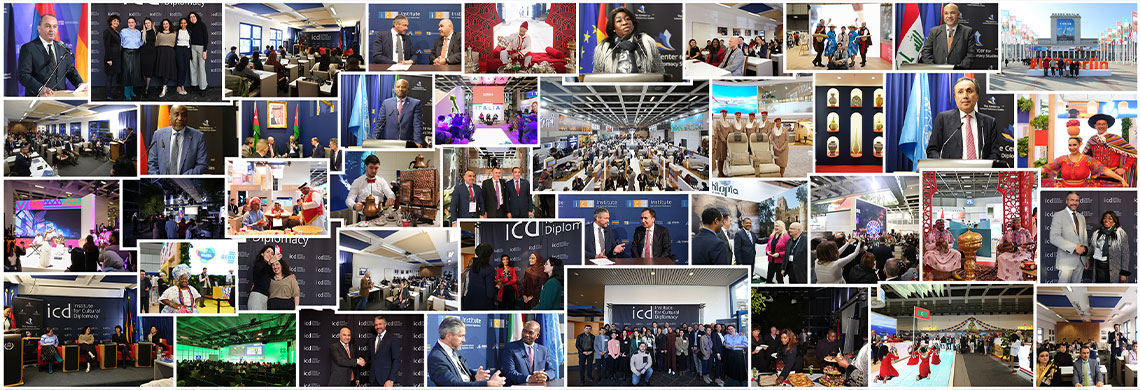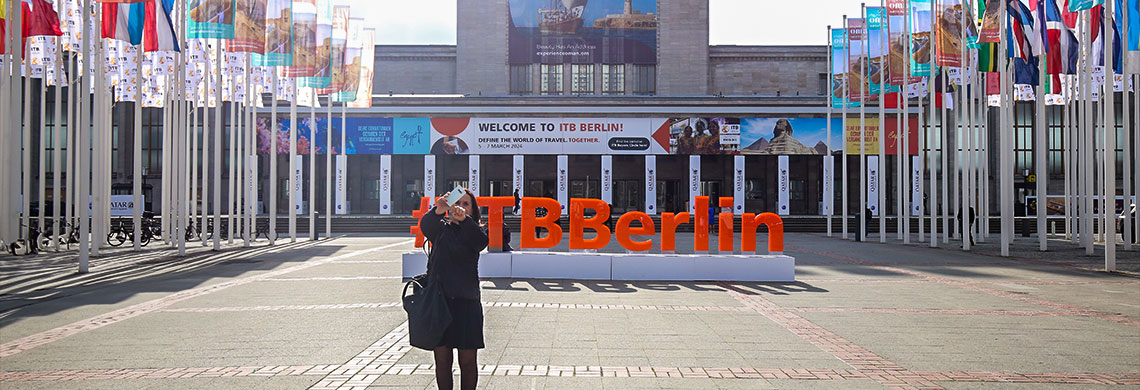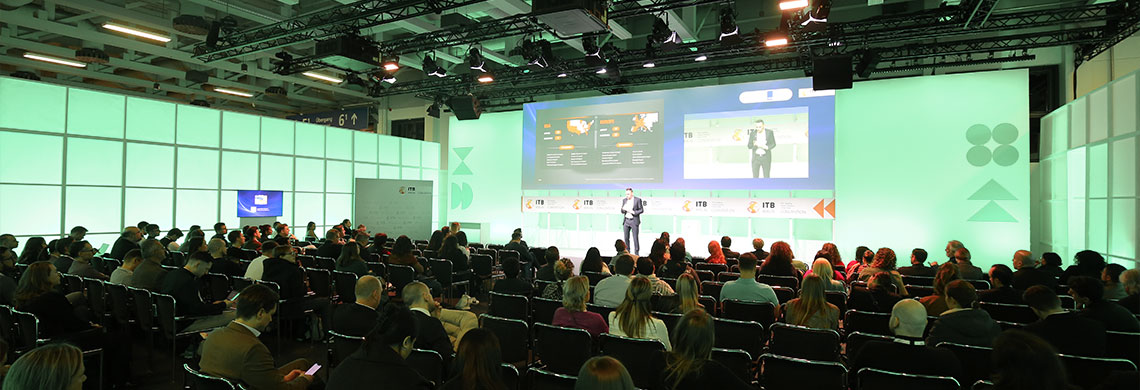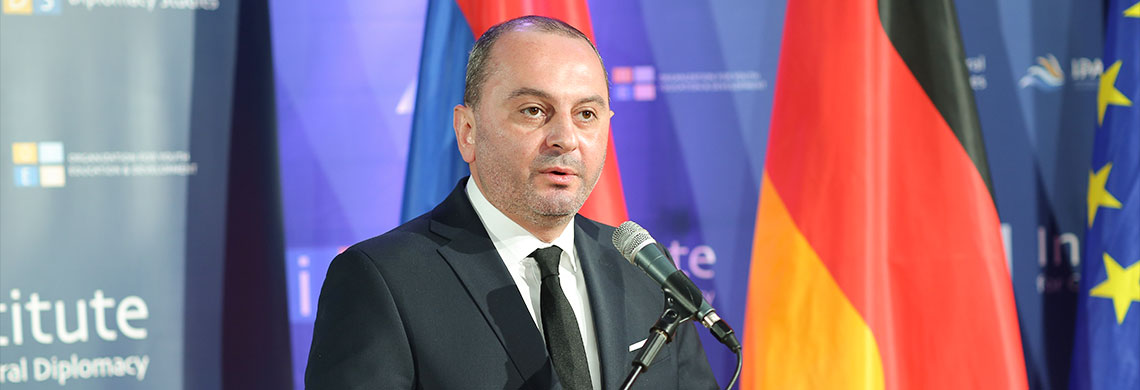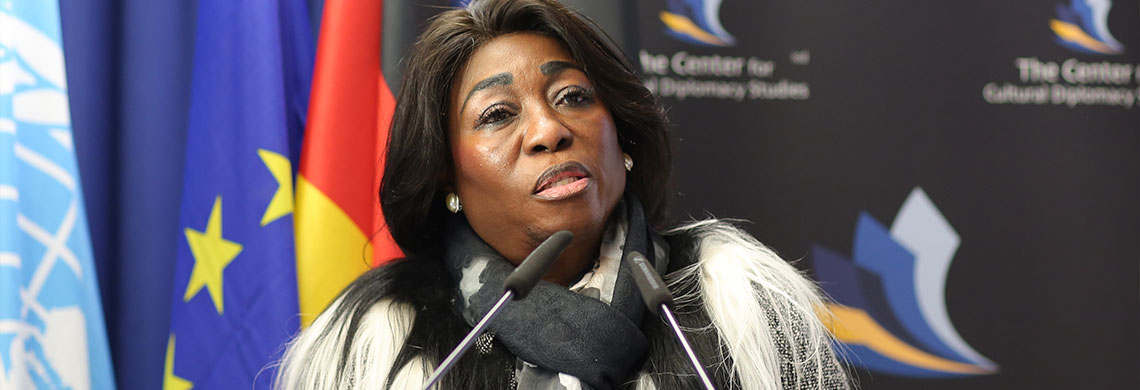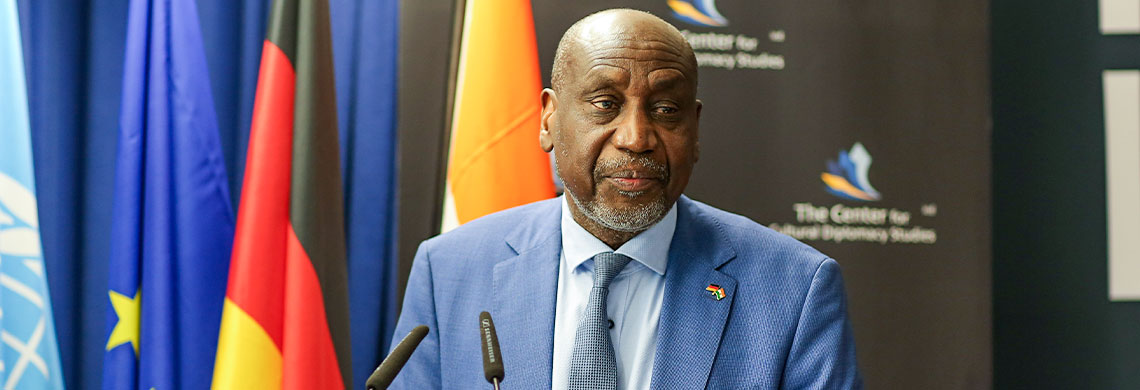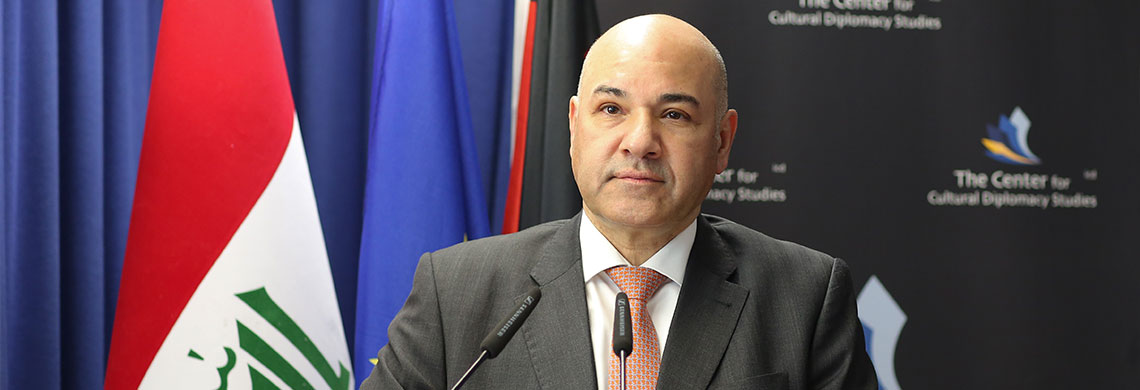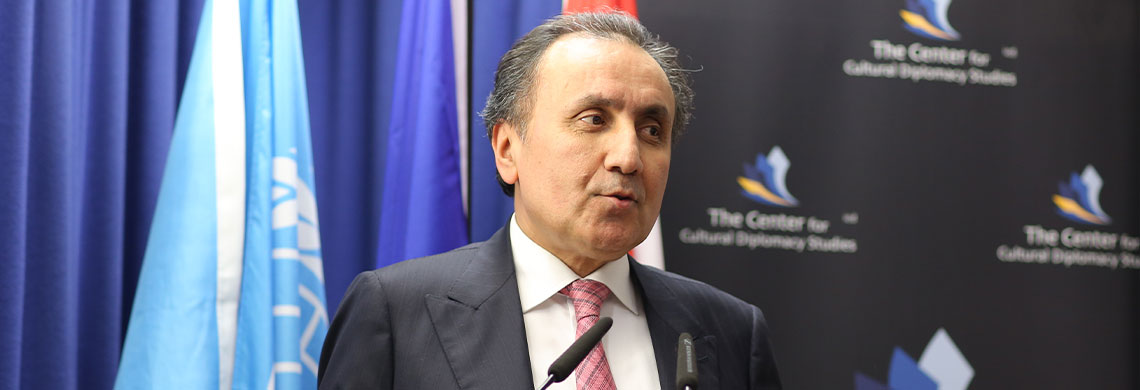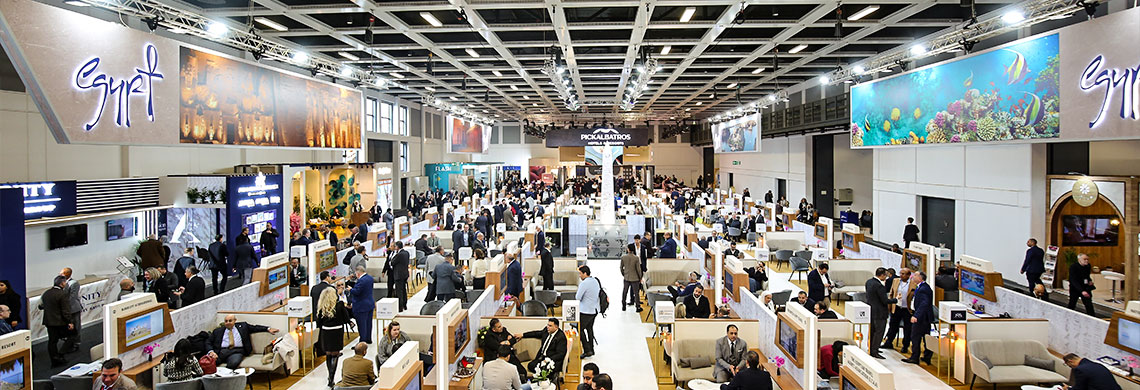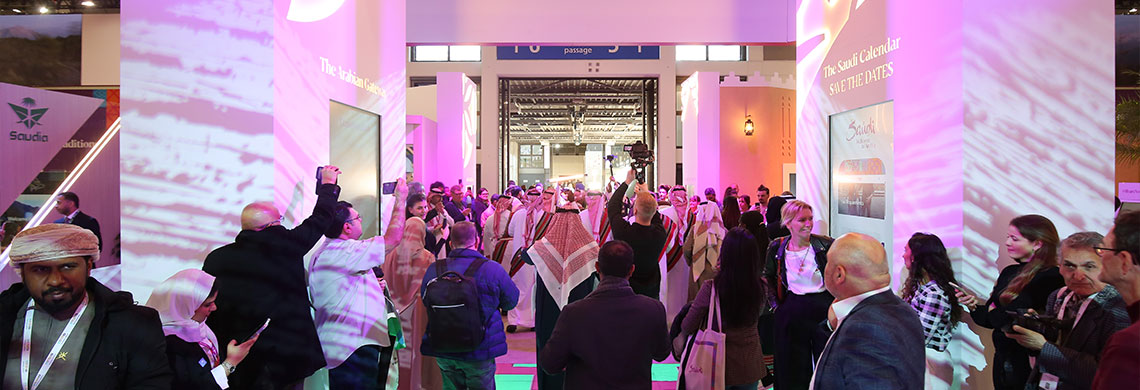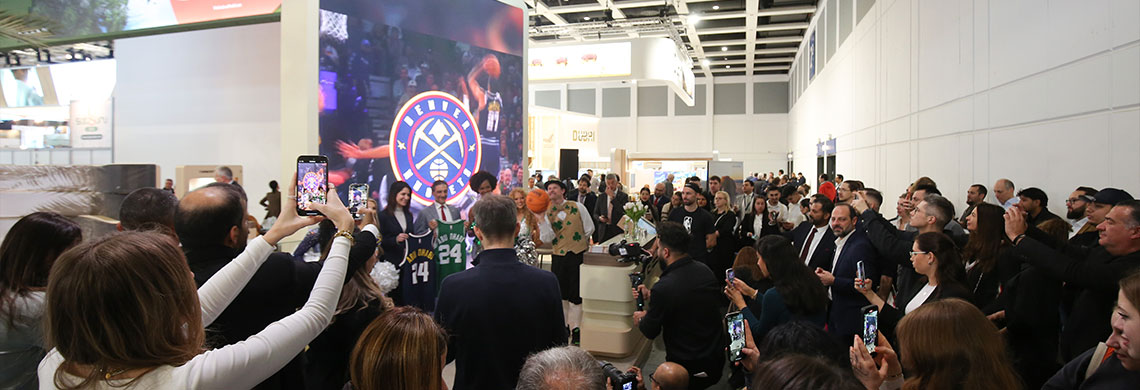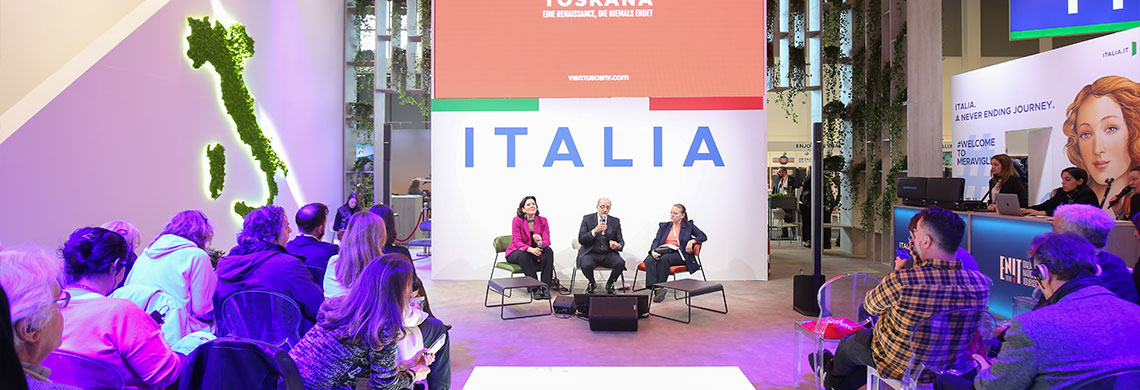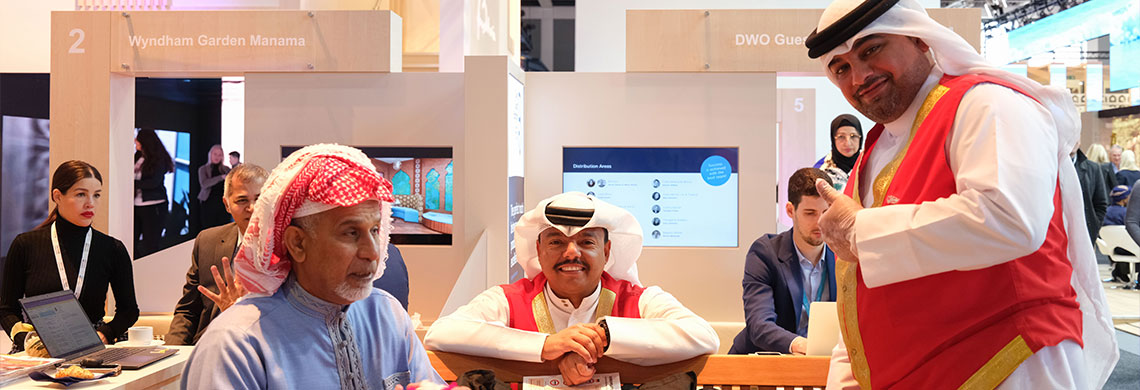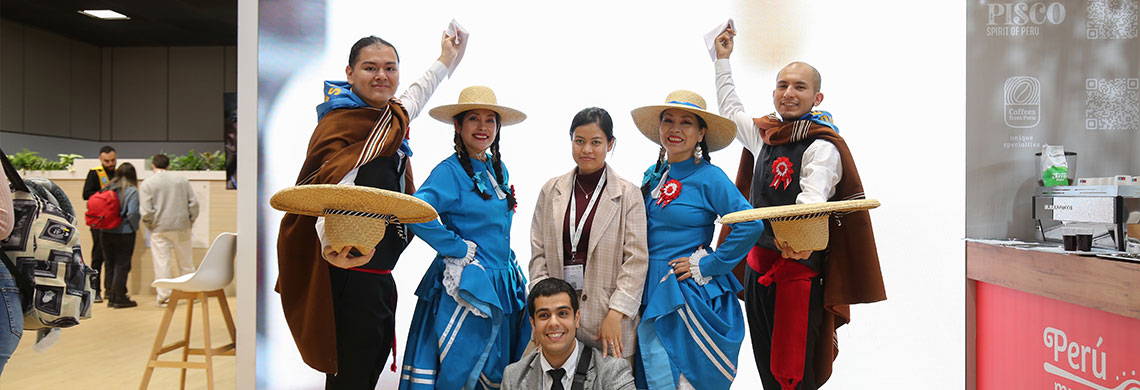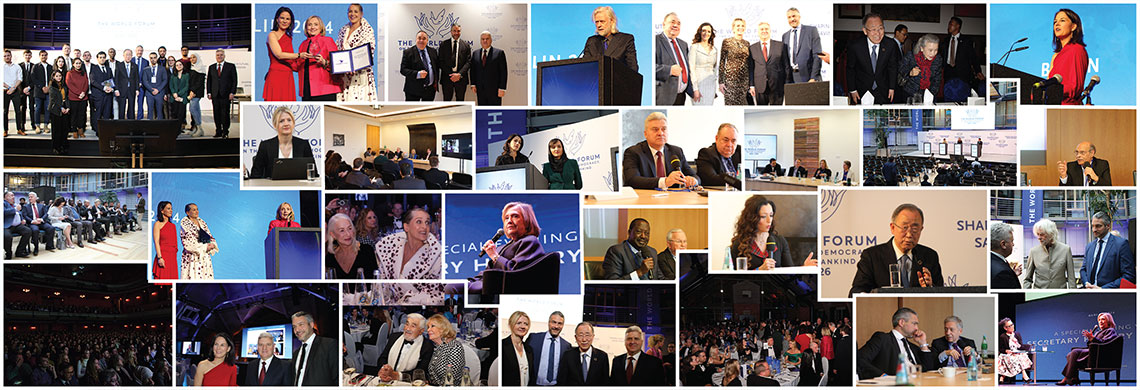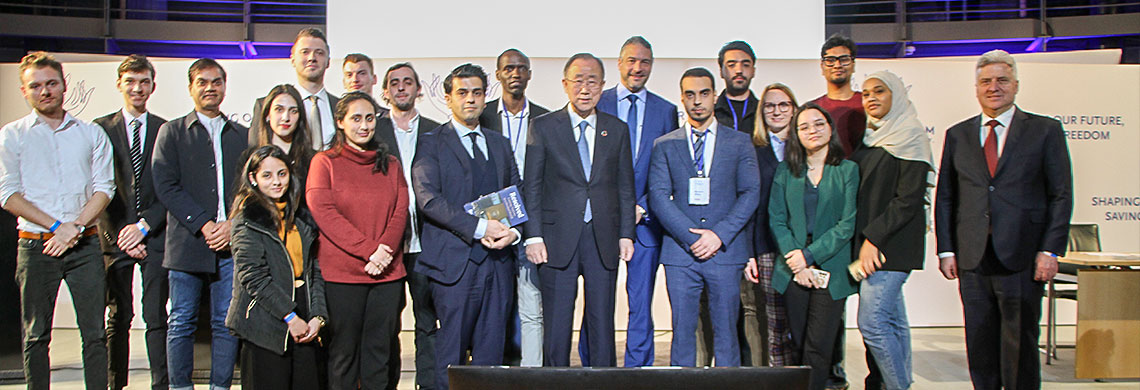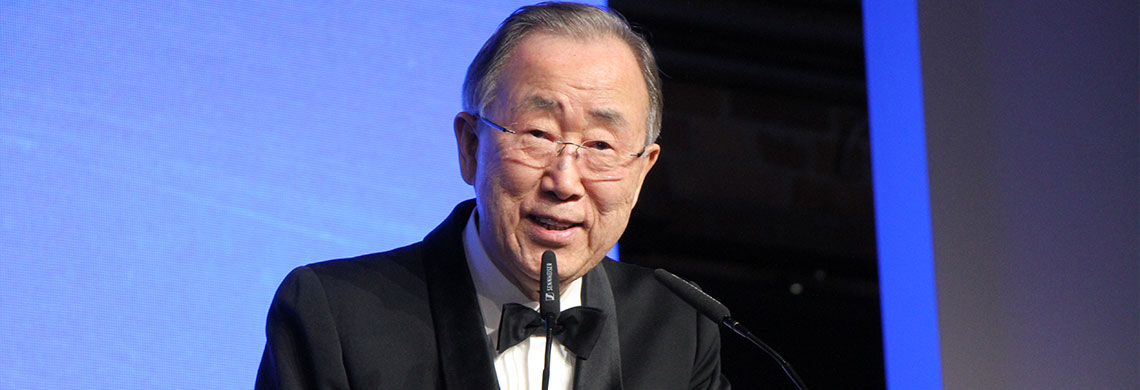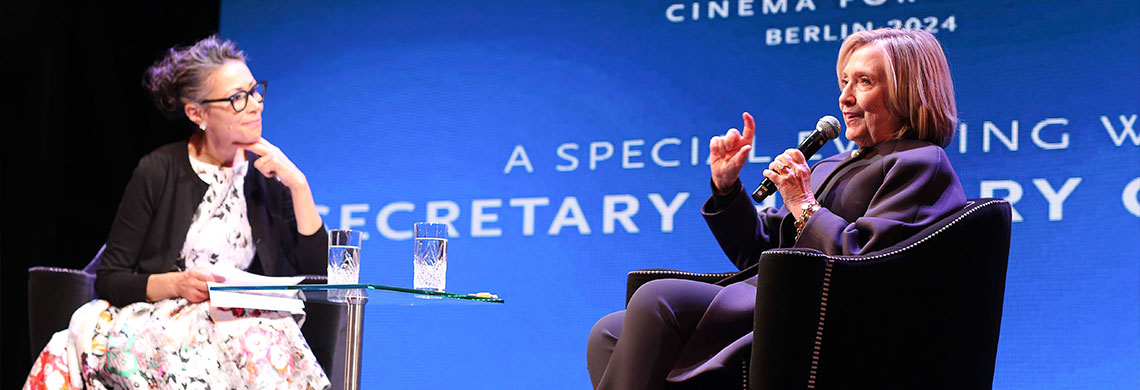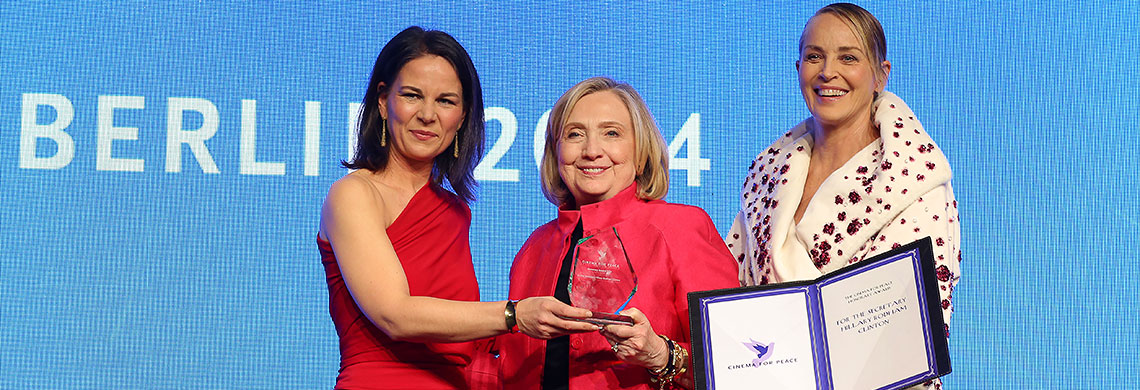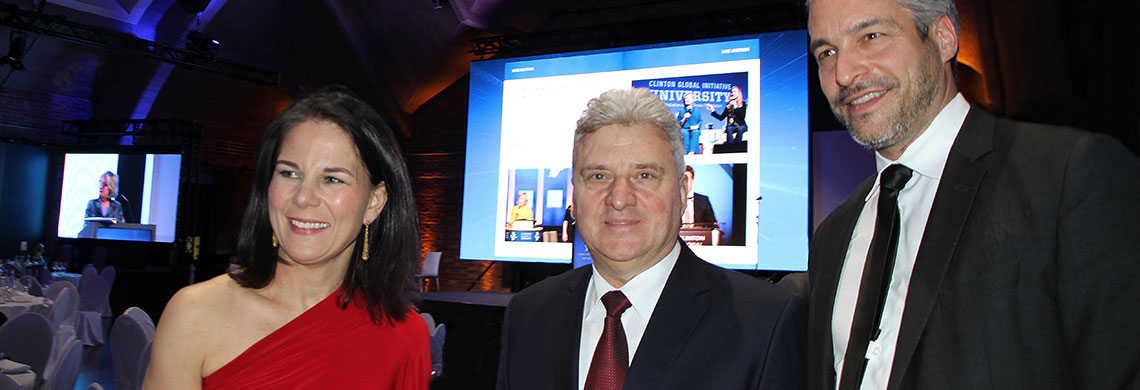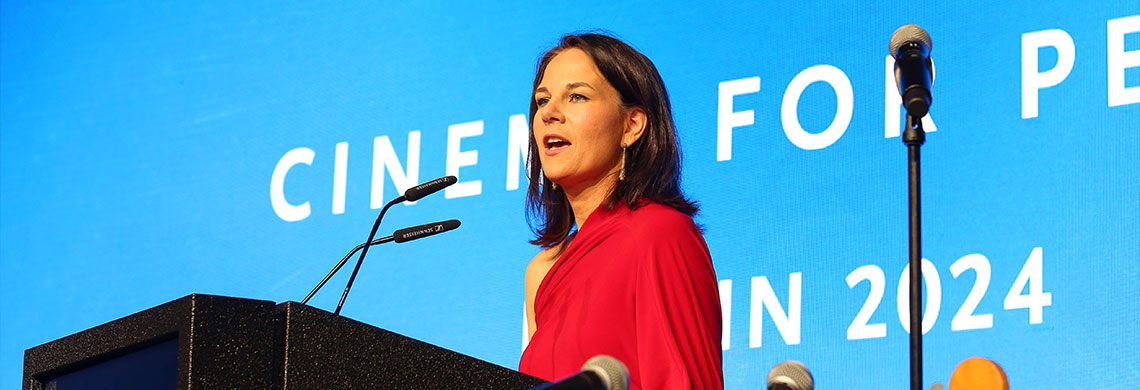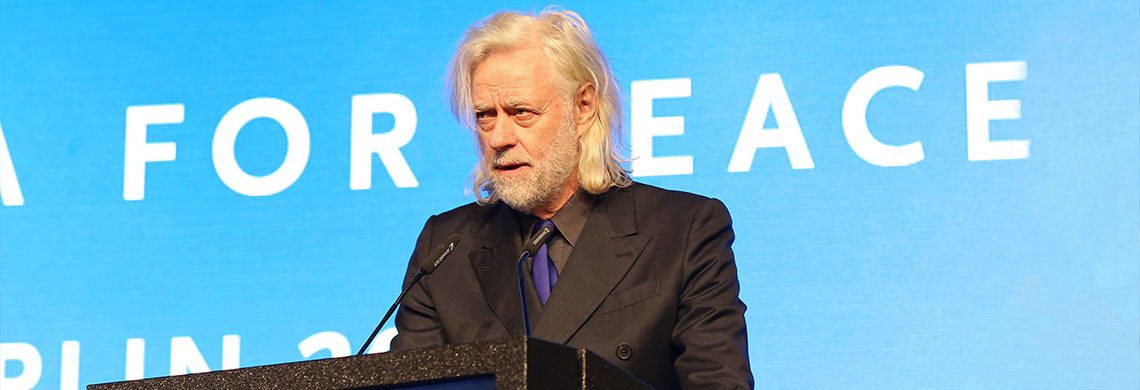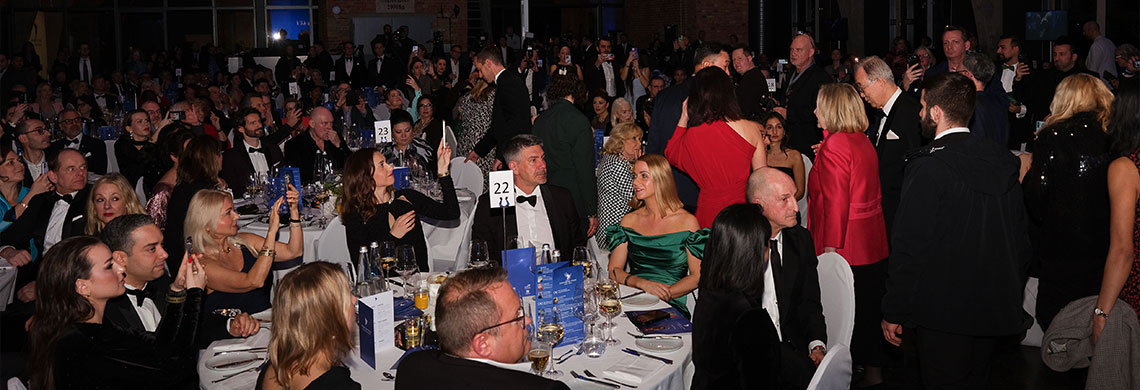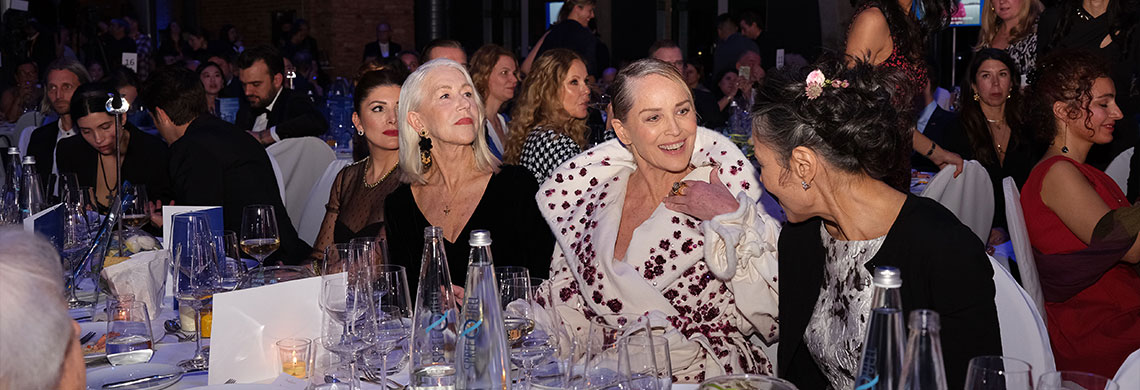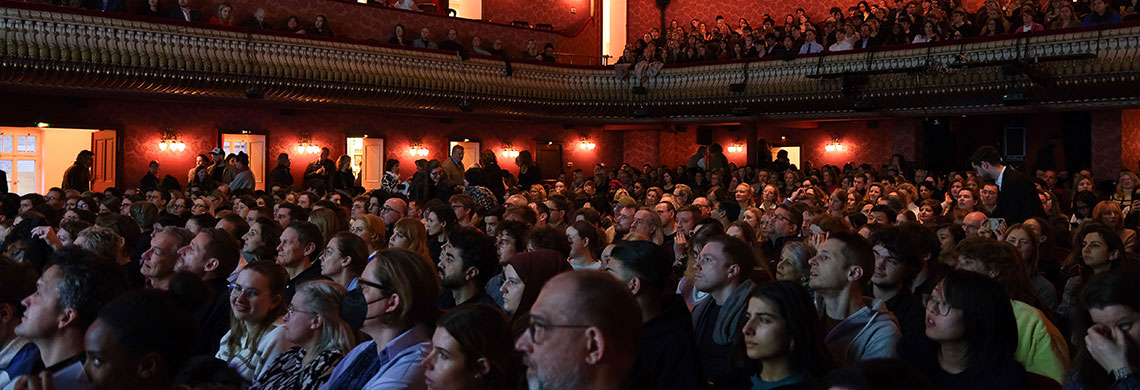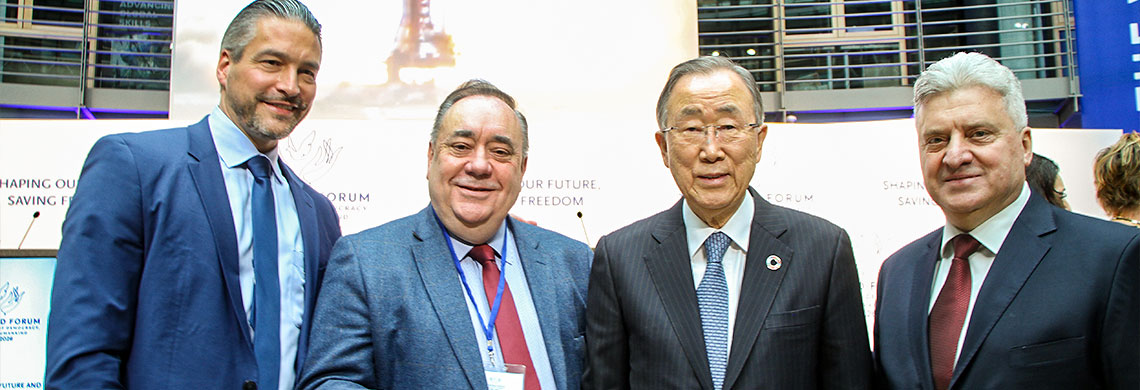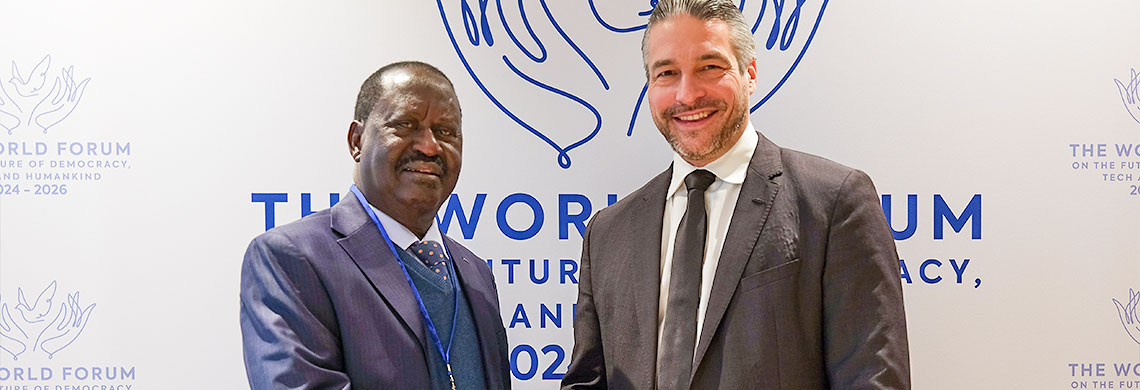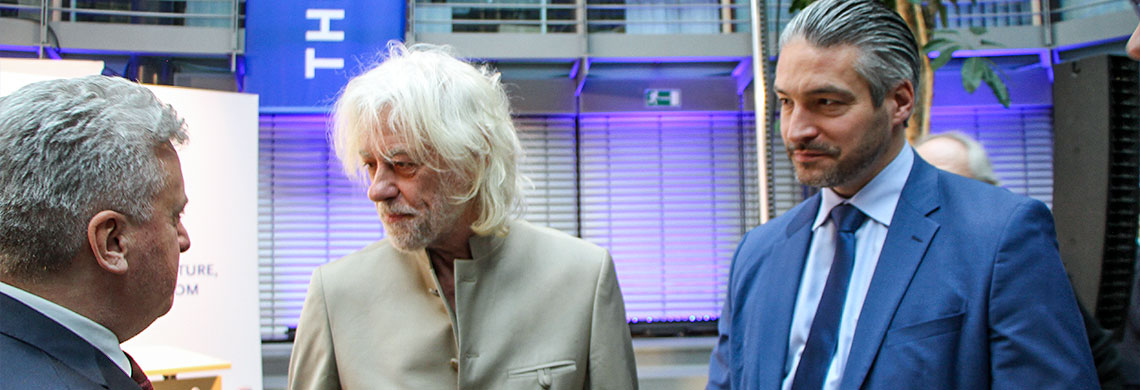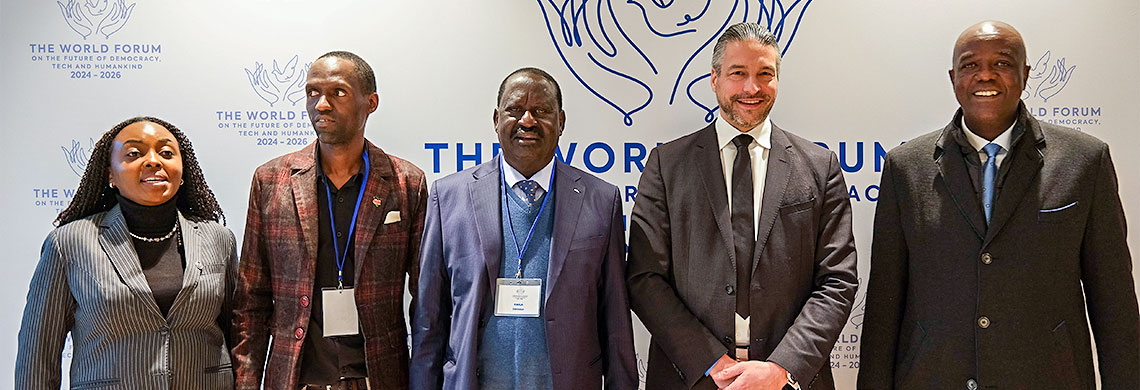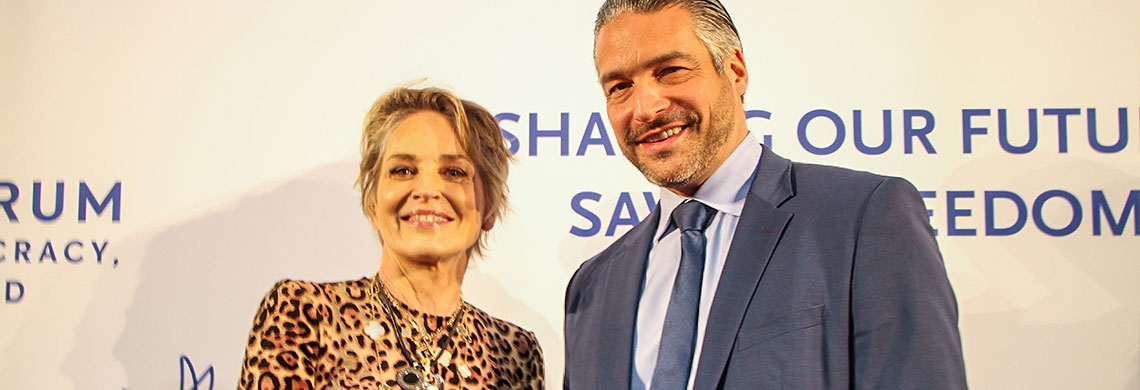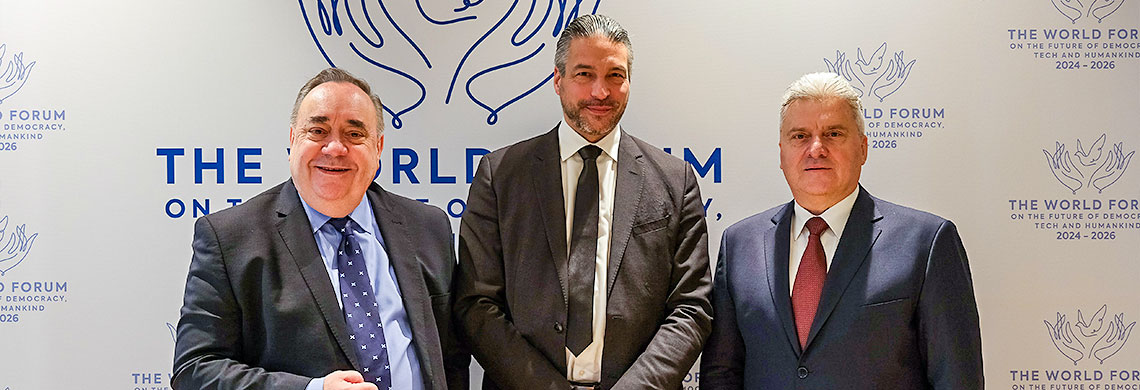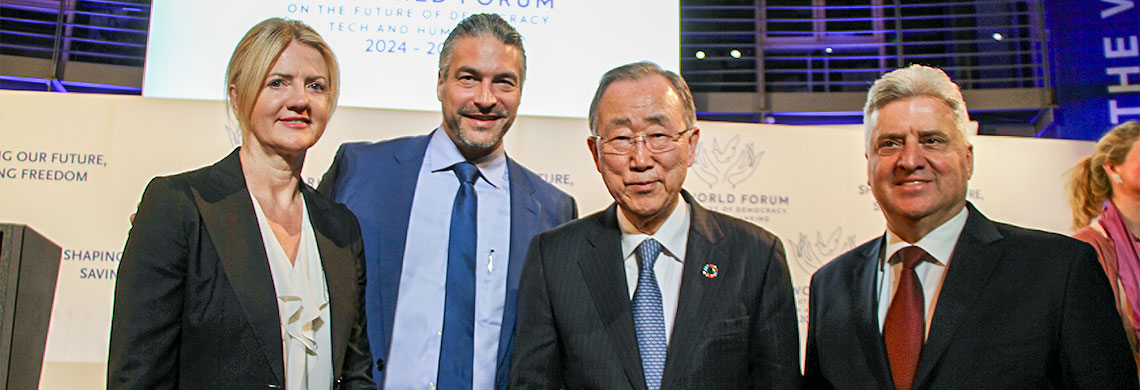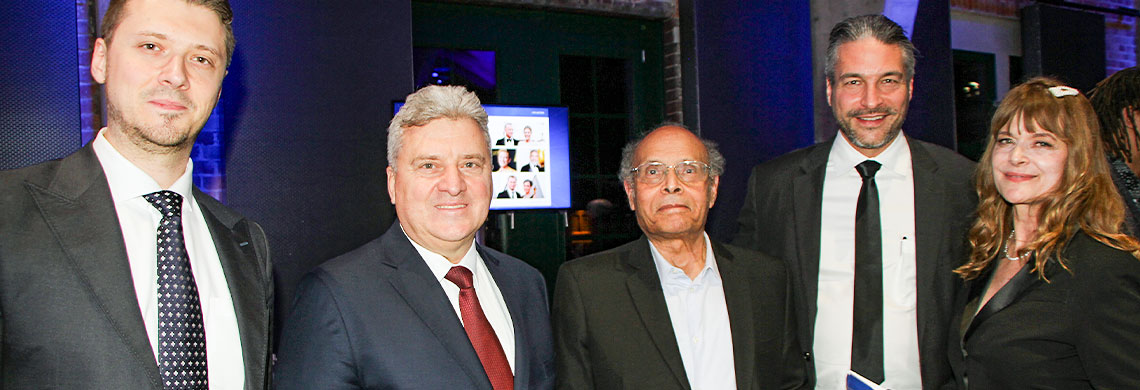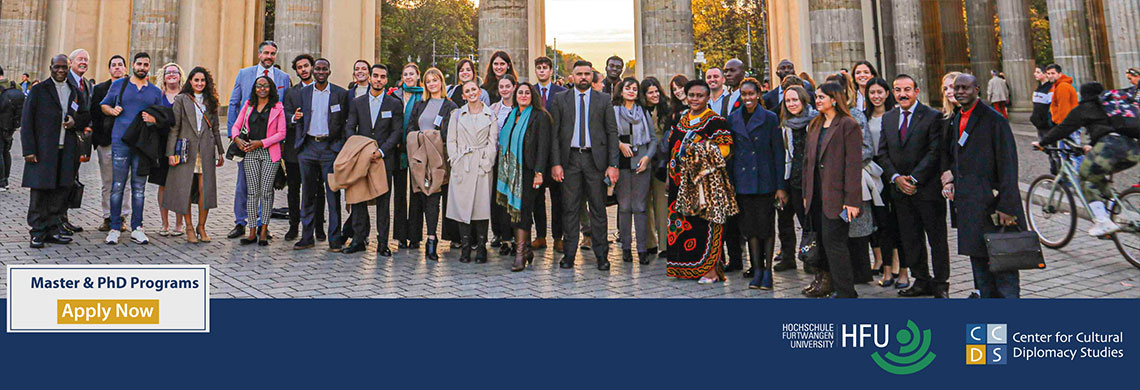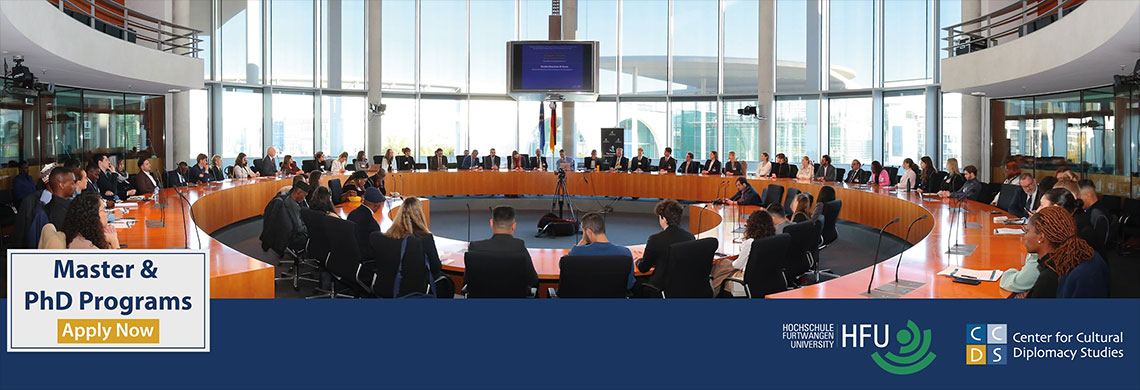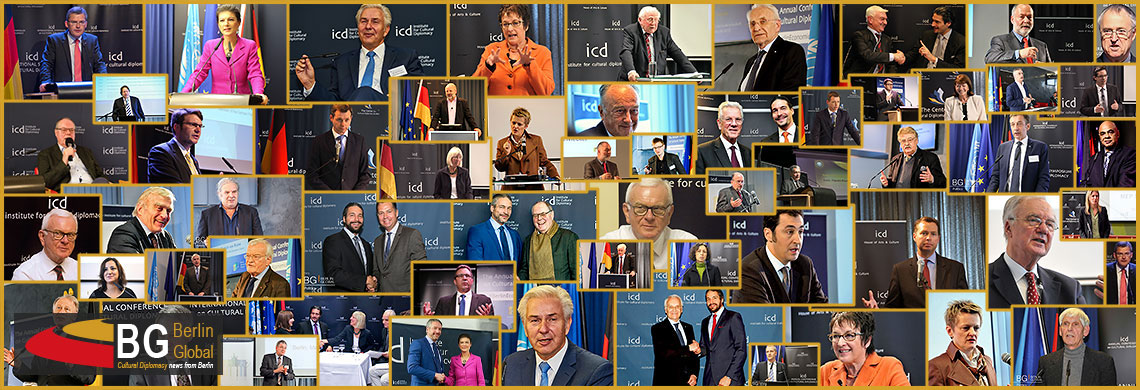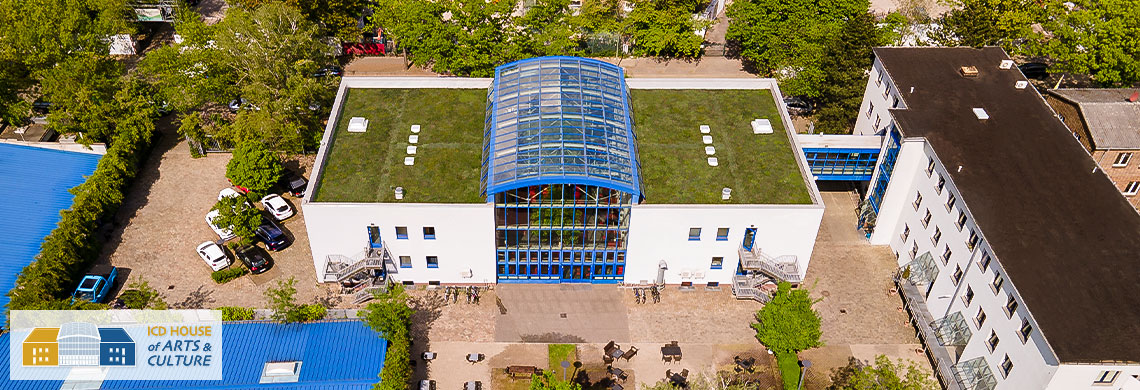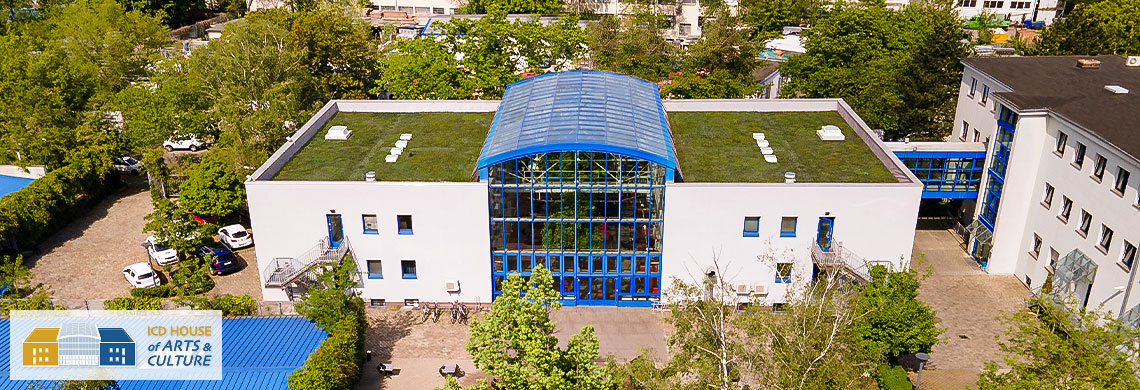The Berlin Language of Art & Music Conference 2014
"Cinematic Cultural Diplomacy: Practicing Cultural Diplomacy through Film"
Held Parallel to the Berlin International Film Festival

Successful Examples of the use of Film as a Tool of Cultural Diplomacy
Cultural diplomacy includes the exchange of ideas, information, art and other aspects of culture among nations and their people in order to foster mutual understanding. Popular culture and art play an important role in the how the country, nation or the issue is perceived by the 'outside world'. The vibrant cinematographic scene of today's world inspires people globally despite political differences. Film is therefore a very unique and special medium. It is easily accessible and often watched by people, who do not have contact with any other form of art. That is why it is able to reach a wider audience, young people and even audiences with fewer language capabilities. Unlike many other forms, film produces a sense of immediacy.Film's ability to create the illusion of life and reality, opening up new, unknown perspectives on the world, is why films, especially those from different cultures or places, can be taken to be accurate depictions of life. Film is an extremely powerful medium; it can depict human rights abuses and repressions through storytelling in a way that challenges each individual to empathize and think about the justice required. It brings people together and creates a forum for individuals on both sides of the lens; it can empower audiences with the knowledge that personal commitment can make a difference. Often the films bring up issues, which cannot be reached through other, more traditional mediums. They often show very new subjects and start the social discussion, a discussion which can lead to change. Film can foster the growth of civil society, mutual cooperation and understanding, serving as a flexible, universally accepted vehicle for rapprochement, even with countries where diplomatic relations have been strained or are absent.
Below are some successful examples of the use of film as a tool of cultural diplomacy:
-
1960
ARTIST-IN-RESIDENCE PROGRAMS
Working with local community
 Artist-in-residence programs and other residency opportunities exist to invite artists, academics, curators, and all manner of creative people for a period away from their usual environs and obligations. They provide a time of reflection, research, presentation and/or production. They also allow an individual to explore his/her practice within another community; meeting new people, using new materials, experiencing life in a new location. Art residencies emphasize the importance of meaningful and multi-layered cultural exchange and immersion into another culture. Kran Film Collective Berlin is a good example. It merges film and video art practice with theory in order to question the notion of citizenship in migrating, multinational and multipolar network society. Affected by present economic, political and social predicaments, the creation of political identities as democratic citizens demands for reformulation of the notion of democracy.
Artist-in-residence programs and other residency opportunities exist to invite artists, academics, curators, and all manner of creative people for a period away from their usual environs and obligations. They provide a time of reflection, research, presentation and/or production. They also allow an individual to explore his/her practice within another community; meeting new people, using new materials, experiencing life in a new location. Art residencies emphasize the importance of meaningful and multi-layered cultural exchange and immersion into another culture. Kran Film Collective Berlin is a good example. It merges film and video art practice with theory in order to question the notion of citizenship in migrating, multinational and multipolar network society. Affected by present economic, political and social predicaments, the creation of political identities as democratic citizens demands for reformulation of the notion of democracy. -
2001
100 DAYS
The Rwanda genocide
 100 Days is a movie about the Rwandan genocide in 1994, produced by Eric Kabera. Kabera lost 32 family members during the genocide. The movie offers a humanistic point of view on the tragedy by telling Rwandan stories from within. The actors in the movies are all actual Tutsi and Hutu survivors and the scenes are filmed at places where acts of genocide occurred. The movie is the first movie filmed in Rwanda after the genocide and also the first feature film about the genocide. 100 Days raised worldwide awareness. A decade later, about 15 films were made about the genocide and it became one of the defining, iconic elements of the Rwandan film industry.
100 Days is a movie about the Rwandan genocide in 1994, produced by Eric Kabera. Kabera lost 32 family members during the genocide. The movie offers a humanistic point of view on the tragedy by telling Rwandan stories from within. The actors in the movies are all actual Tutsi and Hutu survivors and the scenes are filmed at places where acts of genocide occurred. The movie is the first movie filmed in Rwanda after the genocide and also the first feature film about the genocide. 100 Days raised worldwide awareness. A decade later, about 15 films were made about the genocide and it became one of the defining, iconic elements of the Rwandan film industry. -
2002
CIDADE DE DEUS (CITY OF GOD)
The reality of Brazilian slums
 Cidade de Deus is a Brazilian crime drama film released in 2002, which depicts the growth of organised crime and the living conditions of the the Cidade de Deus favela of Rio de Janeiro between the end of the 1960s and the beginning of the 1980s. Its importance and controversy derive from the illustration of poverty and crime in Brazilian slums, and how they have led to crime giving rise to a growing army of dispossessed, among them many black and mixed-race citizens. The response to this film both in Brazil and abroad was unprecedented, as it received nominations at the American Golden Globes and Academy Awards, and spawned extraordinary debate in the media and among intellectual circles. Cidade de Deus is the perfect example of how literature, cinema, and popular music have been used as vehicles to reproduce Brazilian social realities and suffering. After its release, projects such as the Youth Programme were initiated by the U.S. Embassy, and in 2011, U.S. president Barack Obama visited the Brazilian favela to learn more about the youth oriented cultural activities that take place in the Ciudade de Deus.
Cidade de Deus is a Brazilian crime drama film released in 2002, which depicts the growth of organised crime and the living conditions of the the Cidade de Deus favela of Rio de Janeiro between the end of the 1960s and the beginning of the 1980s. Its importance and controversy derive from the illustration of poverty and crime in Brazilian slums, and how they have led to crime giving rise to a growing army of dispossessed, among them many black and mixed-race citizens. The response to this film both in Brazil and abroad was unprecedented, as it received nominations at the American Golden Globes and Academy Awards, and spawned extraordinary debate in the media and among intellectual circles. Cidade de Deus is the perfect example of how literature, cinema, and popular music have been used as vehicles to reproduce Brazilian social realities and suffering. After its release, projects such as the Youth Programme were initiated by the U.S. Embassy, and in 2011, U.S. president Barack Obama visited the Brazilian favela to learn more about the youth oriented cultural activities that take place in the Ciudade de Deus. -
2003
GOODBYE LENIN
The fall of the Berlin Wall
 Goodbye Lenin is a tragicomedy German movie released in 2003, which narrates the story of a family in East Berlin after the fall of the Berlin wall in 1989. This film offers an insight on important political and social issues and their relations to the ideologies of communism and capitalism in an era of change. In fact, the film shows on one hand the reality of the introduction of capitalist principles, wealth and freedoms, and on the other the complete destruction of state services and the concept of restriction. The struggles of the protagonists are turned into a symbol of Germany's own attempt to heal old wounds and rebuild itself. Goodbye Lenin received several awards, and it stands at the foundation of German history. It's a cornerstone in German Film culture and recreates and reflects an important moment in modern European history and the Fall of Communism. In terms of cultural diplomacy, Goodbye Lenin shows the falling of a barrier, in this case, the Berlin Wall, and therefore an exchange of culture, values and history.
Goodbye Lenin is a tragicomedy German movie released in 2003, which narrates the story of a family in East Berlin after the fall of the Berlin wall in 1989. This film offers an insight on important political and social issues and their relations to the ideologies of communism and capitalism in an era of change. In fact, the film shows on one hand the reality of the introduction of capitalist principles, wealth and freedoms, and on the other the complete destruction of state services and the concept of restriction. The struggles of the protagonists are turned into a symbol of Germany's own attempt to heal old wounds and rebuild itself. Goodbye Lenin received several awards, and it stands at the foundation of German history. It's a cornerstone in German Film culture and recreates and reflects an important moment in modern European history and the Fall of Communism. In terms of cultural diplomacy, Goodbye Lenin shows the falling of a barrier, in this case, the Berlin Wall, and therefore an exchange of culture, values and history. -
2006
DAYS OF GLORY (INDIGENES)
The forgotten soldiers of North Africa.
 Days of Glory is a French movie released in 2006 and directed by Richard Bouchareb. The film focuses on the discriminatory treatment of North African soldiers who served for the Free French Forces during the Second War World. A complex portrait of the French government's treatment of these soldiers is presented, in tan army institution, which clearly favoured the European French. After its release, and the controversy that the film caused, the French government's policy changed and African soldiers from former French colonies, who had fought to protect a motherland never seen, were partially recognised the pension rights to bring foreign combatant pensions into line with what French veterans are paid.
Days of Glory is a French movie released in 2006 and directed by Richard Bouchareb. The film focuses on the discriminatory treatment of North African soldiers who served for the Free French Forces during the Second War World. A complex portrait of the French government's treatment of these soldiers is presented, in tan army institution, which clearly favoured the European French. After its release, and the controversy that the film caused, the French government's policy changed and African soldiers from former French colonies, who had fought to protect a motherland never seen, were partially recognised the pension rights to bring foreign combatant pensions into line with what French veterans are paid. -
2007
KITE RUNNER
A story of friendship, change and struggle in Afghanistan.
 Kite Runner, based on the novel by Khaled Hosseini, tells a story of a young boy in the backdrop of tumultuous event in Afghanistan: the fall of the monarchy, Soviet military interventions, the Afghan refugees mass departure to Pakistan and the United States involvement in the country taken over by the Taliban regime. The ethnic differences amongst the population are also highlighted. The film was a box office success worldwide, nominated for the Golden Globe Award for Best Foreign Language movie. The movie raised awareness on the reality that afflicted the Afghan population during the 1970s, but it also had severe consequences for the key actors in the aftermath of its release due to the controversy of certain scenes that highlighted the reality of harsh social conditions and a devastated landscape in Afghanistan.
Kite Runner, based on the novel by Khaled Hosseini, tells a story of a young boy in the backdrop of tumultuous event in Afghanistan: the fall of the monarchy, Soviet military interventions, the Afghan refugees mass departure to Pakistan and the United States involvement in the country taken over by the Taliban regime. The ethnic differences amongst the population are also highlighted. The film was a box office success worldwide, nominated for the Golden Globe Award for Best Foreign Language movie. The movie raised awareness on the reality that afflicted the Afghan population during the 1970s, but it also had severe consequences for the key actors in the aftermath of its release due to the controversy of certain scenes that highlighted the reality of harsh social conditions and a devastated landscape in Afghanistan. -
2007
PERSEPOLIS
The Iranian Revolution seen from a woman's eyes.
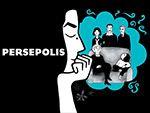 Persepolis is a 2007 French-American animated film that depicts the childhood and early adulthood of an Iranian woman, Marjane Satrapi, in Iran during and after the Islamic Revolution. The film shows the cultural, political and social changes that afflicted Iran and its people from the perspective of a young woman. Although Persepolis can be considered one of the most acclaimed movies of recent times, it received strong disapproval from the Iranian government and was banned in Lebanon, Beirut. Despite initial complaints from Tehran, the Iranian cultural authorities approved limited censored screening in 2008 and the Lebanese government revoked the ban after an outcry from the Lebanese intellectuals and political circles, as well as the international community.
Persepolis is a 2007 French-American animated film that depicts the childhood and early adulthood of an Iranian woman, Marjane Satrapi, in Iran during and after the Islamic Revolution. The film shows the cultural, political and social changes that afflicted Iran and its people from the perspective of a young woman. Although Persepolis can be considered one of the most acclaimed movies of recent times, it received strong disapproval from the Iranian government and was banned in Lebanon, Beirut. Despite initial complaints from Tehran, the Iranian cultural authorities approved limited censored screening in 2008 and the Lebanese government revoked the ban after an outcry from the Lebanese intellectuals and political circles, as well as the international community. -
2008
MILK
The mayor of Castro
 Milk is an American biographical film from 2008 based on the life of politician and gay rights activist, Harvey Milk. He was the first openly gay person to be elected to public office in California, later assassinated by one of his colleagues. The film was released in the midst of controversy because of the ongoing elections and California's anti-gay-marriage scheme, Proposition 8. This parallels the anti-gay rights movement, Proposition 6, which is explored in the film. Many reviewers and pundits have noted that the highly acclaimed film took on a new significance after the successful passing of Proposition 8, as the film honours a major gay political and historical figure that would have strongly opposed the measure. Gay activists called on Focus Features to pull the film from the Cinemark Theatres chain as part of a series of boycotts as Cinemark's chief executive, Alan Stock, donated $9,999 to the Yes on 8 campaigns. It received eight Academy Award nominations, including Best Picture, eventually winning two awards, for Best Actor in a Leading Role for Sean Penn as Harvey Milk and Best Original Screenplay.
Milk is an American biographical film from 2008 based on the life of politician and gay rights activist, Harvey Milk. He was the first openly gay person to be elected to public office in California, later assassinated by one of his colleagues. The film was released in the midst of controversy because of the ongoing elections and California's anti-gay-marriage scheme, Proposition 8. This parallels the anti-gay rights movement, Proposition 6, which is explored in the film. Many reviewers and pundits have noted that the highly acclaimed film took on a new significance after the successful passing of Proposition 8, as the film honours a major gay political and historical figure that would have strongly opposed the measure. Gay activists called on Focus Features to pull the film from the Cinemark Theatres chain as part of a series of boycotts as Cinemark's chief executive, Alan Stock, donated $9,999 to the Yes on 8 campaigns. It received eight Academy Award nominations, including Best Picture, eventually winning two awards, for Best Actor in a Leading Role for Sean Penn as Harvey Milk and Best Original Screenplay. -
2008
DESERT FLOWER
The Extraordinary Journey of a Desert Nomad
 Waris Dirie was born in 1965 into a nomad family in the Somali desert and was forced to undergo female genital mutilation at the age of five. At thirteen, after being forced to marry a man who was old enough to be her grandfather, she fled the country and went to Mogadishu, Somalia's capital. Along with a few relatives, she later moved to London. Waris remained in the city and took a job as a housemaid after which she worked at a local McDonald's. By chance, Waris was discovered by photographer Terence Donovan, who helped secure her the cover of the 1987 Pirelli Calendar. With a consolidated modelling career, in 1998, Waris wrote her first book, Desert Flower, an autobiography that went on to become an international bestseller, serving as a script for the movie. In January 2010, Desert Flower won the Bavarian Film Award in Munich for the "Best Movie" category. It was also nominated for a Film Award in Gold in the "Outstanding Feature Film" category at the German Film Awards, and won the Audience Award in the "Best European Film" category at the San Sebastián International Film Festival. Waris was appointed UN Special Ambassador for the Elimination of Female Genital Mutilation and in 2002 she founded the Desert Flower Foundation in Vienna, an organization aimed at raising awareness around the dangers of FGM. Since then she has been an activist for different organizations such as PPR Foundation for Women's Dignity and Rights. She also founded the Desert Dawn Foundation to raise money for schools and clinics in Somalia.
Waris Dirie was born in 1965 into a nomad family in the Somali desert and was forced to undergo female genital mutilation at the age of five. At thirteen, after being forced to marry a man who was old enough to be her grandfather, she fled the country and went to Mogadishu, Somalia's capital. Along with a few relatives, she later moved to London. Waris remained in the city and took a job as a housemaid after which she worked at a local McDonald's. By chance, Waris was discovered by photographer Terence Donovan, who helped secure her the cover of the 1987 Pirelli Calendar. With a consolidated modelling career, in 1998, Waris wrote her first book, Desert Flower, an autobiography that went on to become an international bestseller, serving as a script for the movie. In January 2010, Desert Flower won the Bavarian Film Award in Munich for the "Best Movie" category. It was also nominated for a Film Award in Gold in the "Outstanding Feature Film" category at the German Film Awards, and won the Audience Award in the "Best European Film" category at the San Sebastián International Film Festival. Waris was appointed UN Special Ambassador for the Elimination of Female Genital Mutilation and in 2002 she founded the Desert Flower Foundation in Vienna, an organization aimed at raising awareness around the dangers of FGM. Since then she has been an activist for different organizations such as PPR Foundation for Women's Dignity and Rights. She also founded the Desert Dawn Foundation to raise money for schools and clinics in Somalia. -
2009
HUMAN RIGHTS WATCH FILM FESTIVAL
A new approach to Human Rights awareness
 Human Rights Watch Film Festival raises awareness of human rights abuses through storytelling in a way that challenges each individual to empathize and demand justice. The festival encourages filmmakers from all around the world to address human rights in their films. Each year there are more than 500 film screened in the festival. Accuracy on the portrayal of human rights is key.
Human Rights Watch Film Festival raises awareness of human rights abuses through storytelling in a way that challenges each individual to empathize and demand justice. The festival encourages filmmakers from all around the world to address human rights in their films. Each year there are more than 500 film screened in the festival. Accuracy on the portrayal of human rights is key. -
2009
LAST TRAIN HOME
Globalisation: Made in China
 Last Train Home is a Chinese-Canadian-British co-production of documentary film directed by Lixin Fan. It won the Best Documentary Feature at 2009 International Documentary Film Festival in Amsterdam. It shows millions of workers from Chinese factories, who sew jeans and t-shirts for European and American customers. They usually come from small villages, but due to work opportunities, they leave their homes and families to live in big cities, often in very bad conditions. The rapid economic development of China is based on this (cheap) labour. On the other hand, China is having an ever-stronger impact on the world's economy. The film shows the period before Chinese New Year. Everyone is going back home and the country runs into complete chaos. The situations of individuals bring the audience closer to understanding the real face of globalization.
Last Train Home is a Chinese-Canadian-British co-production of documentary film directed by Lixin Fan. It won the Best Documentary Feature at 2009 International Documentary Film Festival in Amsterdam. It shows millions of workers from Chinese factories, who sew jeans and t-shirts for European and American customers. They usually come from small villages, but due to work opportunities, they leave their homes and families to live in big cities, often in very bad conditions. The rapid economic development of China is based on this (cheap) labour. On the other hand, China is having an ever-stronger impact on the world's economy. The film shows the period before Chinese New Year. Everyone is going back home and the country runs into complete chaos. The situations of individuals bring the audience closer to understanding the real face of globalization. -
2010
FILM FORWARD
Fostering cultural dialogue through cinema
 The Sundance Institute established the Film Forward initiative in 2010. The project has the aim to enhance cultural understanding and to advance cultural dialogue through independent documentaries and narrative films. Each year a total of 8 films and filmmakers from around the world are selected to participate in the international touring program, traveling to four U.S. States and four locations outside the U.S. Film Forward filmmakers will present their work and lead masterclasses, discussion panels and extended Q&A's. Furthermore, they will participate in cultivating engaged dialogue, fostering appreciation of other viewpoints, and developing new audiences for independent film.
The Sundance Institute established the Film Forward initiative in 2010. The project has the aim to enhance cultural understanding and to advance cultural dialogue through independent documentaries and narrative films. Each year a total of 8 films and filmmakers from around the world are selected to participate in the international touring program, traveling to four U.S. States and four locations outside the U.S. Film Forward filmmakers will present their work and lead masterclasses, discussion panels and extended Q&A's. Furthermore, they will participate in cultivating engaged dialogue, fostering appreciation of other viewpoints, and developing new audiences for independent film. -
2010
SAN FRANCISCO IMMIGRANT FILM FESTIVAL
A film festival that highlights the global immigrant community realities
 Journalist and activist Romulo Hernandez founded The San Francisco Immigrant Film Festival (SFImFF) in 2010. The SFImFF was developed in an effort to highlight the importance of artistic, educational and humanitarian value of all film screens. The Festival focuses on a wide range of issues facing the global immigrant community, mainly concentrating on the narrative, animated and documentary short genre of films. The mission of this initiative is to show the human face of the issues of immigration and immigrant workers' rights through films that document their lives and the struggles of migrating in the hope of freedom.
Journalist and activist Romulo Hernandez founded The San Francisco Immigrant Film Festival (SFImFF) in 2010. The SFImFF was developed in an effort to highlight the importance of artistic, educational and humanitarian value of all film screens. The Festival focuses on a wide range of issues facing the global immigrant community, mainly concentrating on the narrative, animated and documentary short genre of films. The mission of this initiative is to show the human face of the issues of immigration and immigrant workers' rights through films that document their lives and the struggles of migrating in the hope of freedom. -
2011
PROJECT "DIRECTORS ACROSS BORDERS EASTERN PERTNERSHIP PROGRAM (DAB)"
International Film Director's Collaboration
 The main concept of the DAB Forum is to facilitate cross-border cultural and economic collaboration between countries specifically within the Eastern Partnership Region and the EU. It aims to provide a networking platform for regional filmmakers and cinema support organizations and industry experts from around the world as well as improving the capacities of emerging filmmakers. Additionally it seeks to launch promising film projects through seed grants; to develop independent film production in Armenia and the region and to support the young producers and the emerging production companies to rehabilitate a new system and to start working independently on the international film market. The project's goal is to foster the development of conditions and structures through which cinema can be a vector for sustainable economic, social and human development within and between EaP Countries.
The main concept of the DAB Forum is to facilitate cross-border cultural and economic collaboration between countries specifically within the Eastern Partnership Region and the EU. It aims to provide a networking platform for regional filmmakers and cinema support organizations and industry experts from around the world as well as improving the capacities of emerging filmmakers. Additionally it seeks to launch promising film projects through seed grants; to develop independent film production in Armenia and the region and to support the young producers and the emerging production companies to rehabilitate a new system and to start working independently on the international film market. The project's goal is to foster the development of conditions and structures through which cinema can be a vector for sustainable economic, social and human development within and between EaP Countries. -
2012
PROJECT "LET'S TALK ABOUT FILMS IN SOUTH CAUCASUS (CAUCADOC)"
Local Documentary Initiative
 CAUCADOC is a project run by Czech NGO, People in Need (PIN), and partner organizations from the South Caucasus: Sakdoc Film and Internews Media Support NGO. CAUCADOC supports documentary filmmaking in the South Caucasus, making use of PIN´s experience in organizing the world´s largest human rights documentary film festival One World. CAUCADOC includes residential workshops dedicated to the development of creative documentary films from the South Caucasus, a series of master classes and lectures at partnering festivals Golden Apricot IFF, Batumi Art House FF and Tbilisi IFF, and a series of debates focusing on key issues related to audiovisual industry in the region. CAUCADOC also supports local initiatives in organizing screenings and follow up debates throughout the region, as well as the use of documentary films at schools.
CAUCADOC is a project run by Czech NGO, People in Need (PIN), and partner organizations from the South Caucasus: Sakdoc Film and Internews Media Support NGO. CAUCADOC supports documentary filmmaking in the South Caucasus, making use of PIN´s experience in organizing the world´s largest human rights documentary film festival One World. CAUCADOC includes residential workshops dedicated to the development of creative documentary films from the South Caucasus, a series of master classes and lectures at partnering festivals Golden Apricot IFF, Batumi Art House FF and Tbilisi IFF, and a series of debates focusing on key issues related to audiovisual industry in the region. CAUCADOC also supports local initiatives in organizing screenings and follow up debates throughout the region, as well as the use of documentary films at schools. -
2012
A WISHPER TO A ROAR
The insight story of pro-democracy activists from five different countries
 A Whisper To A Roar is a documentary made by Ben Moses, following the struggles of democracy activists in five authoritarian countries: Egypt, Malaysia, Ukraine, Venezuela and Zimbabwe. The film kicked off the Amnesty International Reel Awareness Human Rights Film Festival in 2012, aiming to raise awareness and engagement for these issues. What motivates people across the globe to risk their lives to fight for democracy? And why do authoritarian regimes survive despite the recent expansion of democracy around the world? By giving a vivid and thought-provoking account of the daily lives of the different activist, the documentary can serve as aspiration for citizens worldwide that seek to make their government accountable for their citizens.
A Whisper To A Roar is a documentary made by Ben Moses, following the struggles of democracy activists in five authoritarian countries: Egypt, Malaysia, Ukraine, Venezuela and Zimbabwe. The film kicked off the Amnesty International Reel Awareness Human Rights Film Festival in 2012, aiming to raise awareness and engagement for these issues. What motivates people across the globe to risk their lives to fight for democracy? And why do authoritarian regimes survive despite the recent expansion of democracy around the world? By giving a vivid and thought-provoking account of the daily lives of the different activist, the documentary can serve as aspiration for citizens worldwide that seek to make their government accountable for their citizens. -
2013
NARCO CULTURA
Struggles and stardom in the US/Mexico border
 To a growing number of Mexicans and Latinos in America, drug traffickers have become the new role models of fame and success. The lifestyle depicted shows a way out of the ghetto and a new form of the 'American Dream'. Narcocorrido is a new form of explosive and violent music subculture in America that applauds this way of life. Narco Cultura - the documentary - looks into the phenomenon of bloodthirsty drug lords of Mexico that openly glorify violence, drugs and money, not only through their behaviour but also now through music. Narcocorridos are gaining strength on both sides of the US/ Mexican borders threatening to break open into the mainstream by praising this way of life. Released in November 2013, the story is told through the eyes of a Los Angeles' Narcocorrido singer dreaming of becoming a star and a Juarez crime scene investigator that deals on a daily basis with the consequences of Mexico's drug war.
To a growing number of Mexicans and Latinos in America, drug traffickers have become the new role models of fame and success. The lifestyle depicted shows a way out of the ghetto and a new form of the 'American Dream'. Narcocorrido is a new form of explosive and violent music subculture in America that applauds this way of life. Narco Cultura - the documentary - looks into the phenomenon of bloodthirsty drug lords of Mexico that openly glorify violence, drugs and money, not only through their behaviour but also now through music. Narcocorridos are gaining strength on both sides of the US/ Mexican borders threatening to break open into the mainstream by praising this way of life. Released in November 2013, the story is told through the eyes of a Los Angeles' Narcocorrido singer dreaming of becoming a star and a Juarez crime scene investigator that deals on a daily basis with the consequences of Mexico's drug war.












